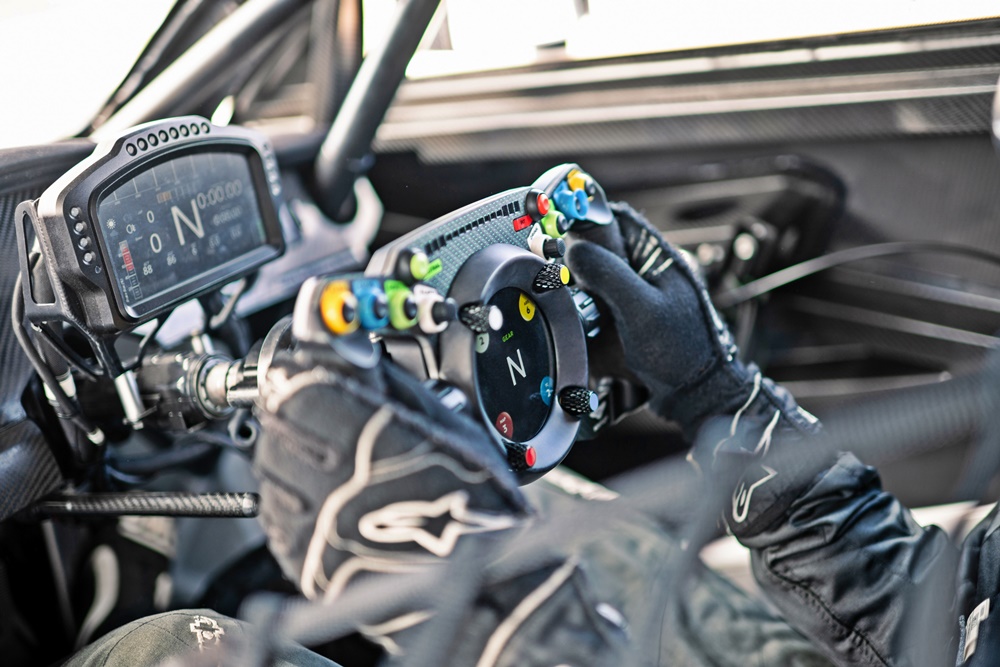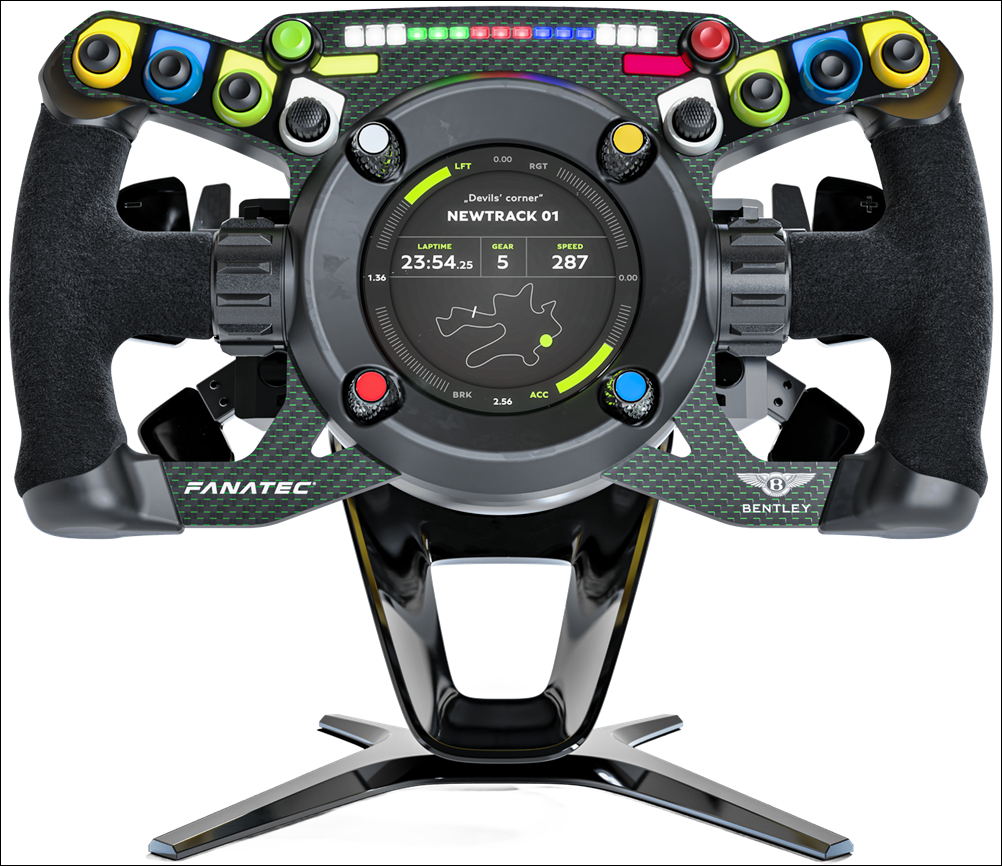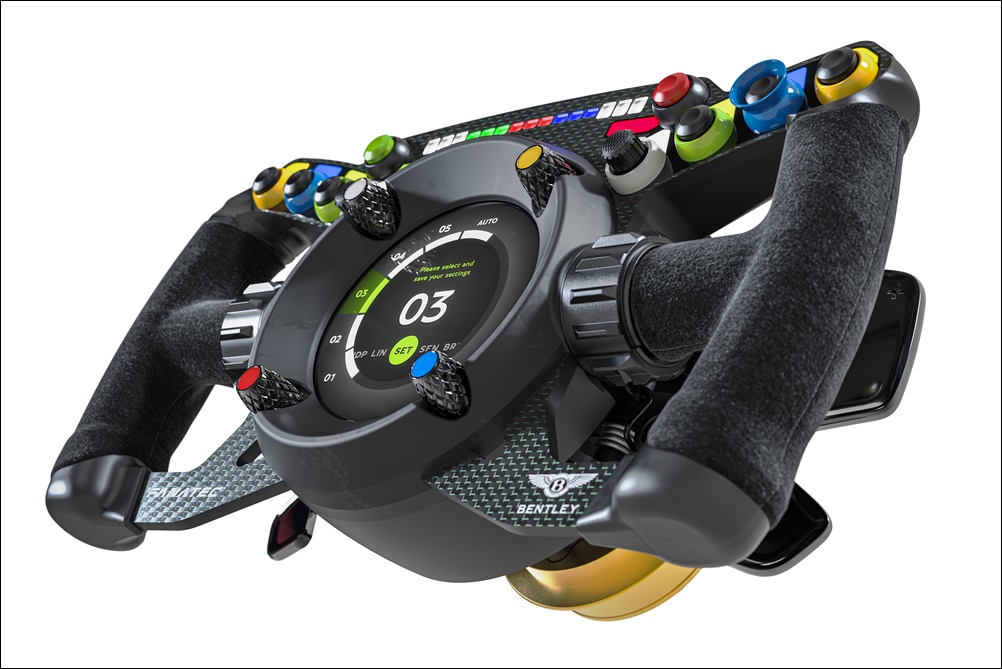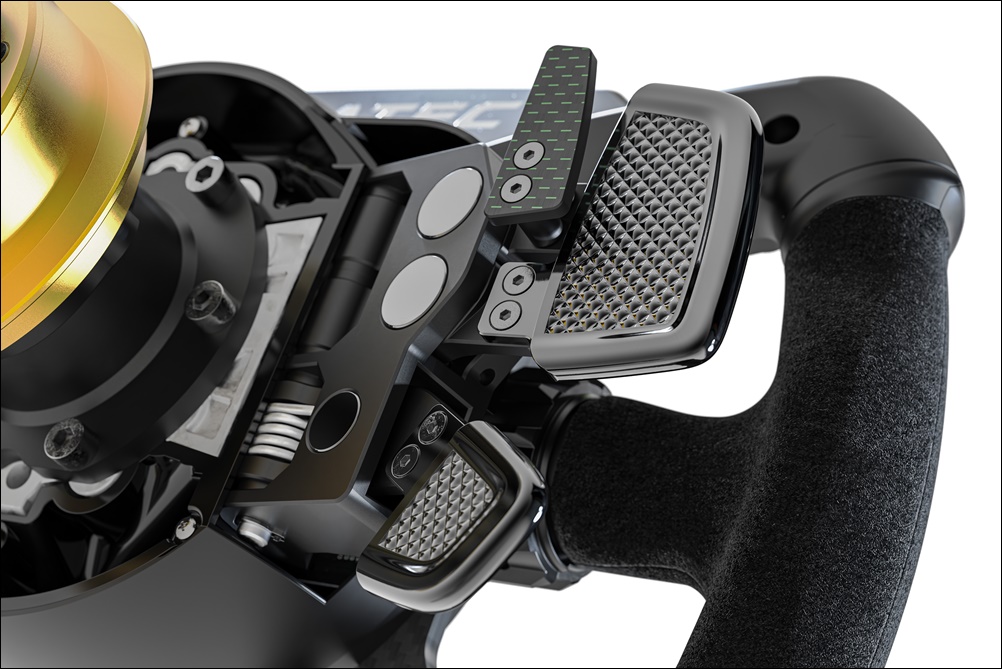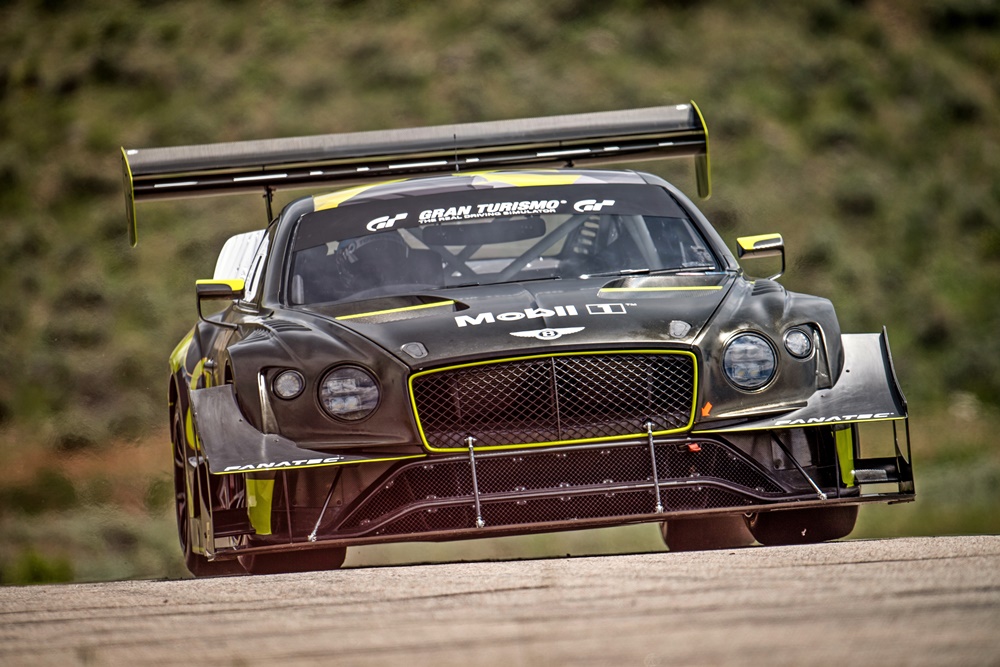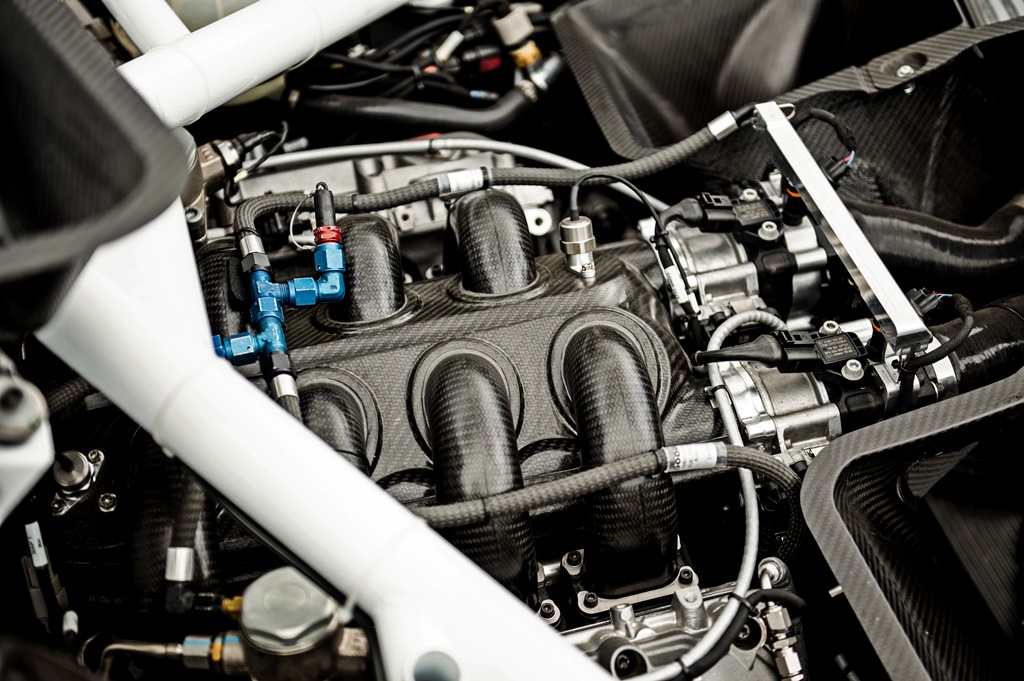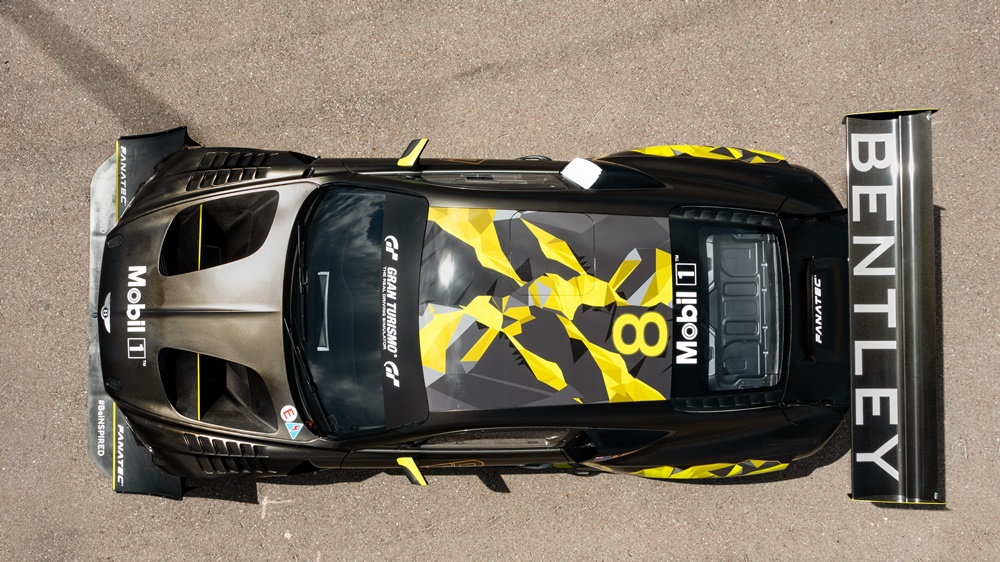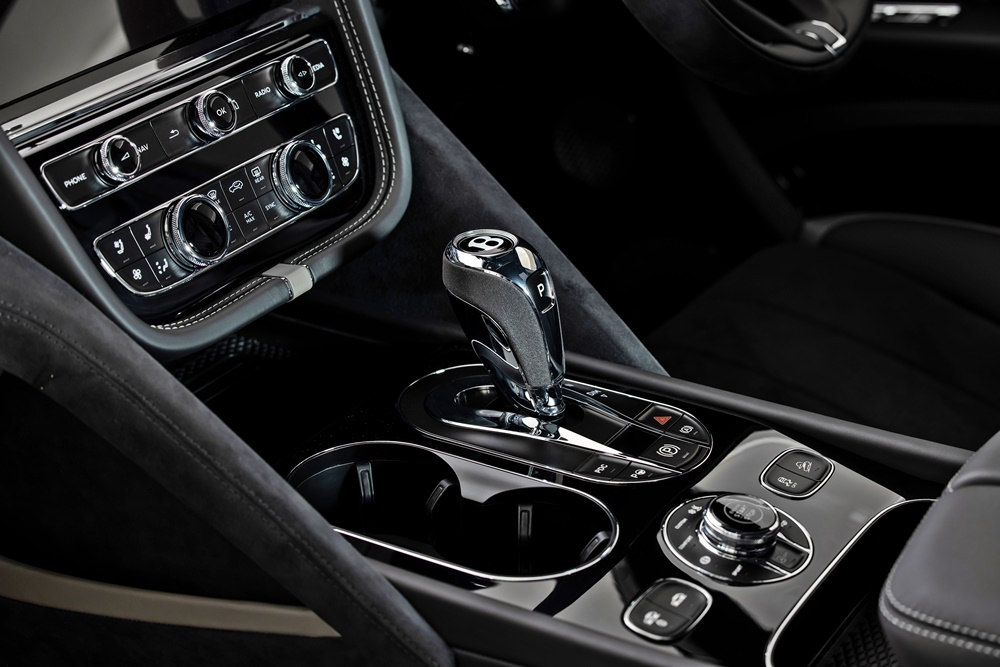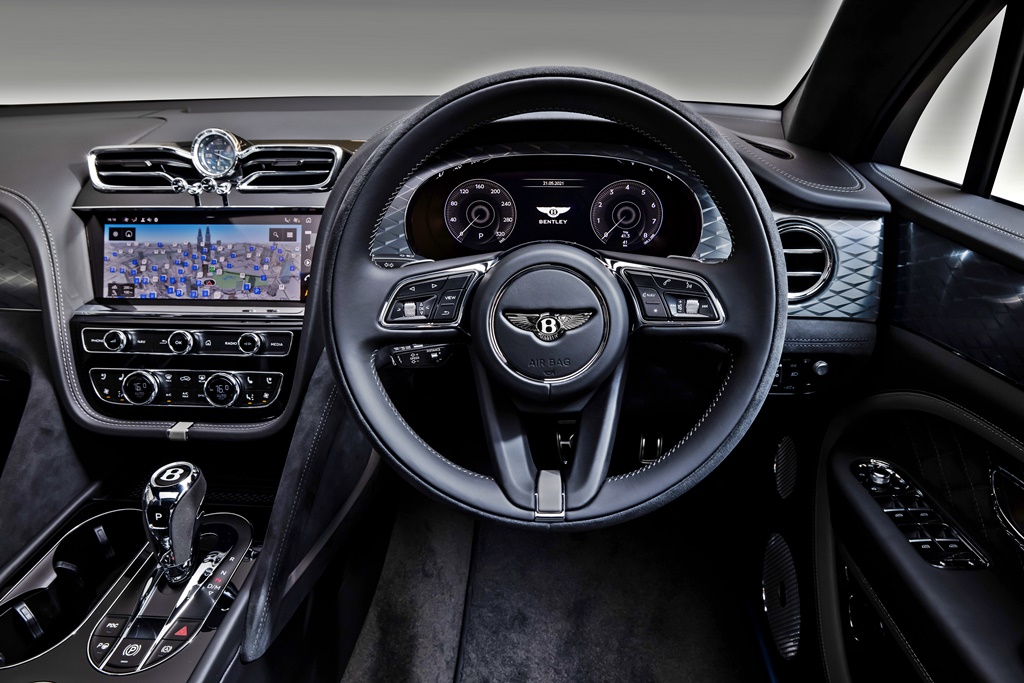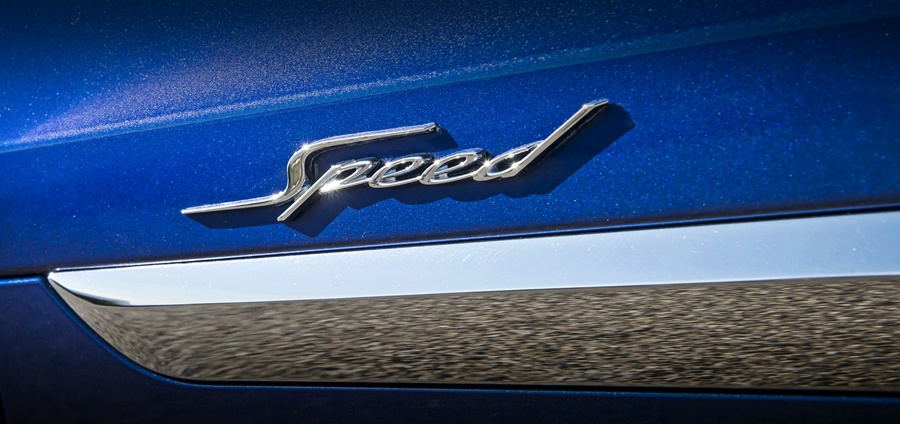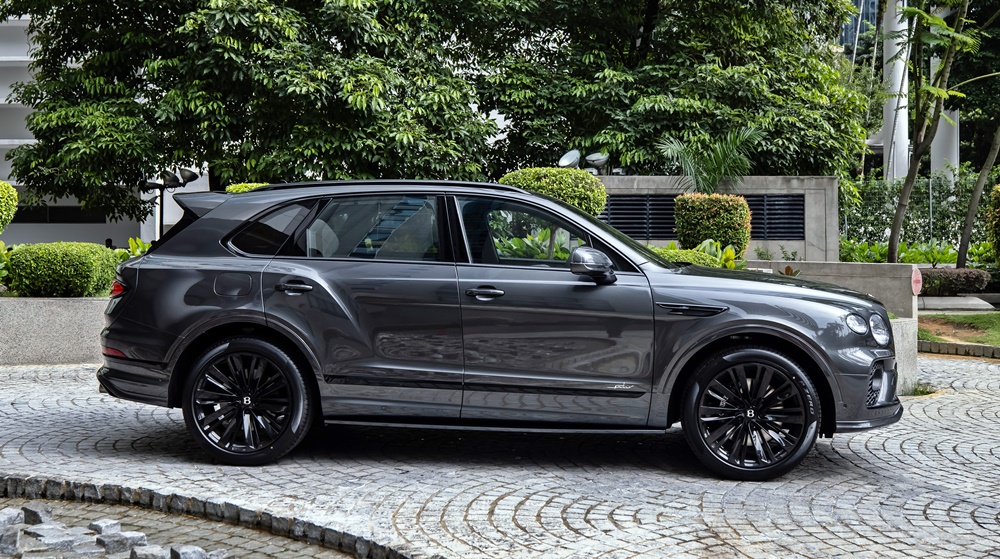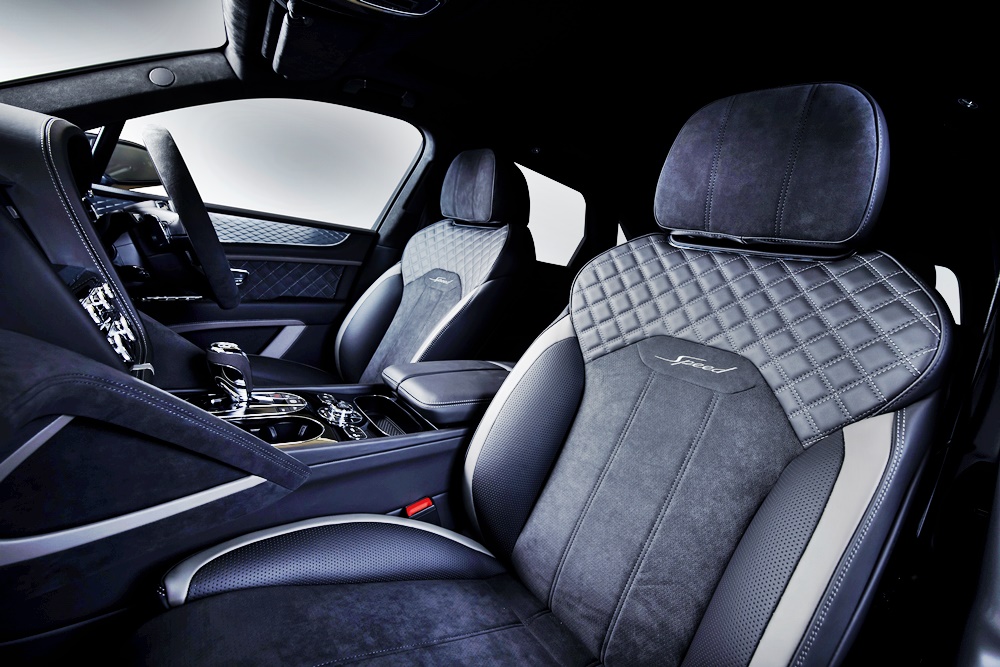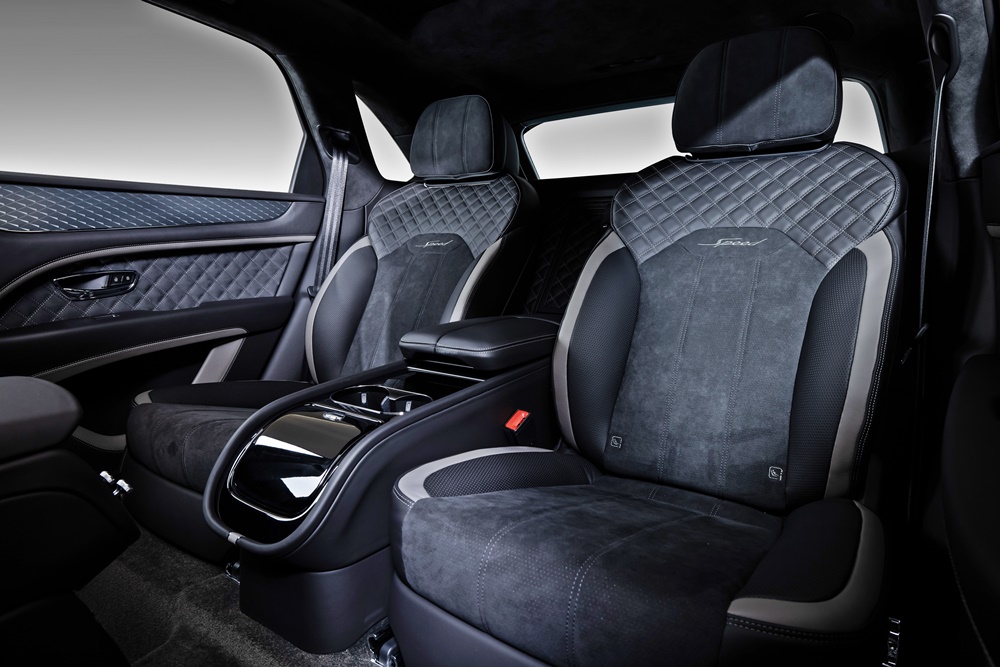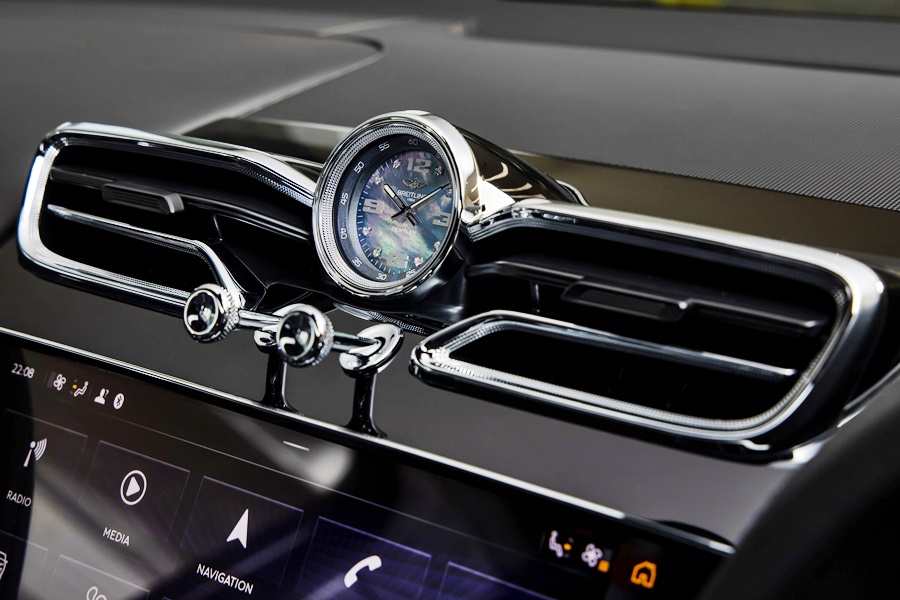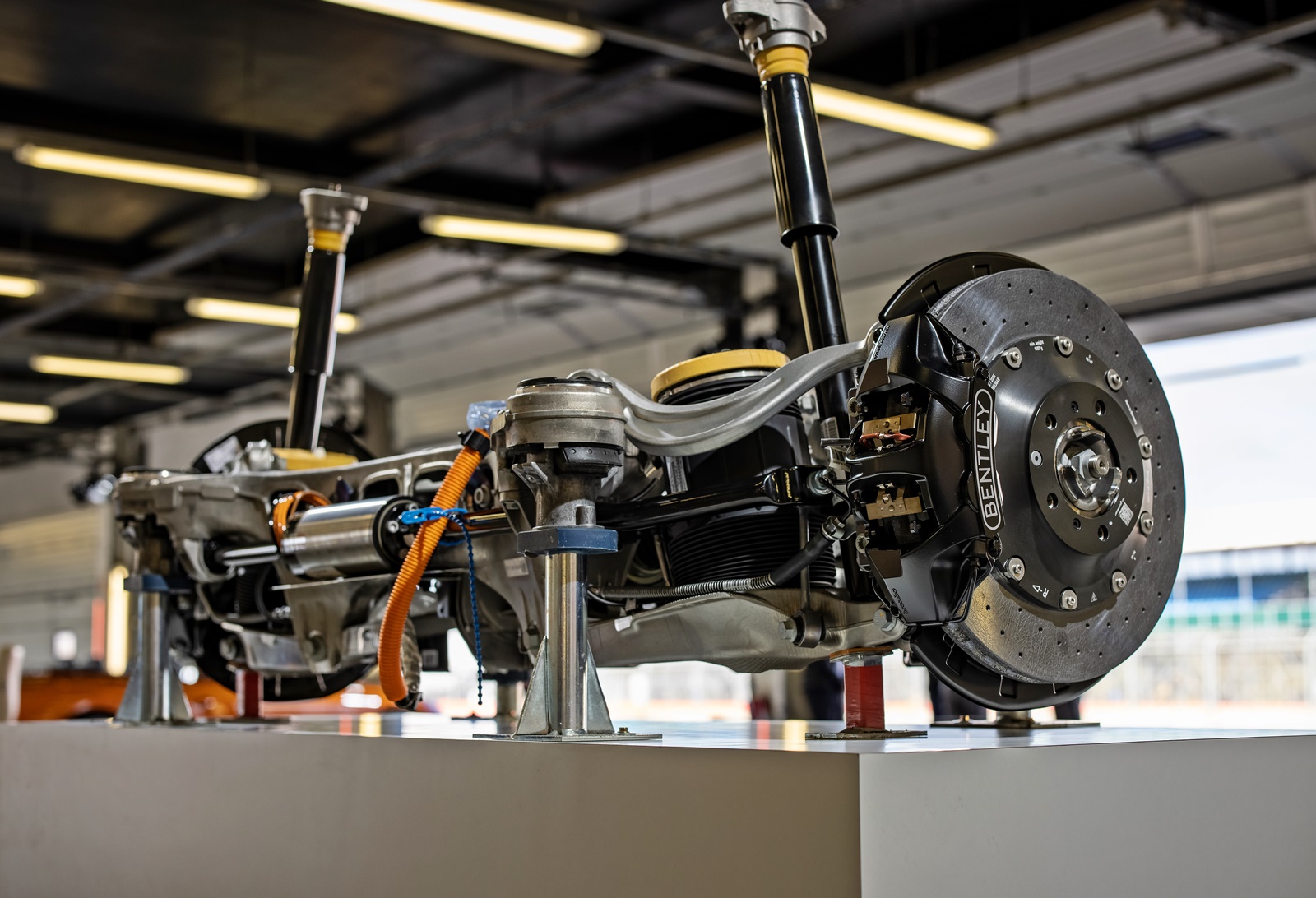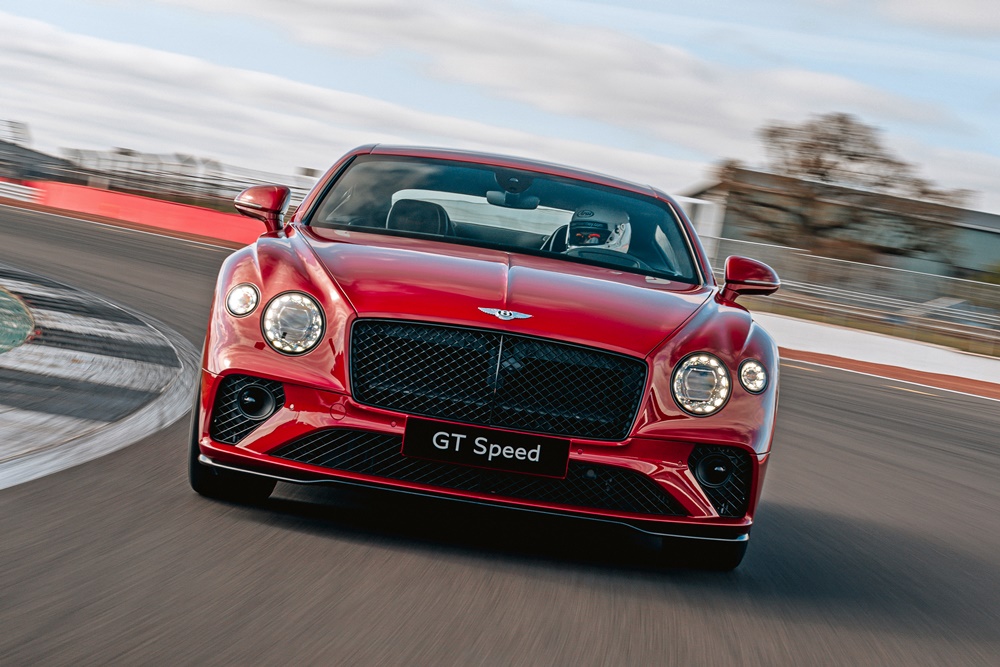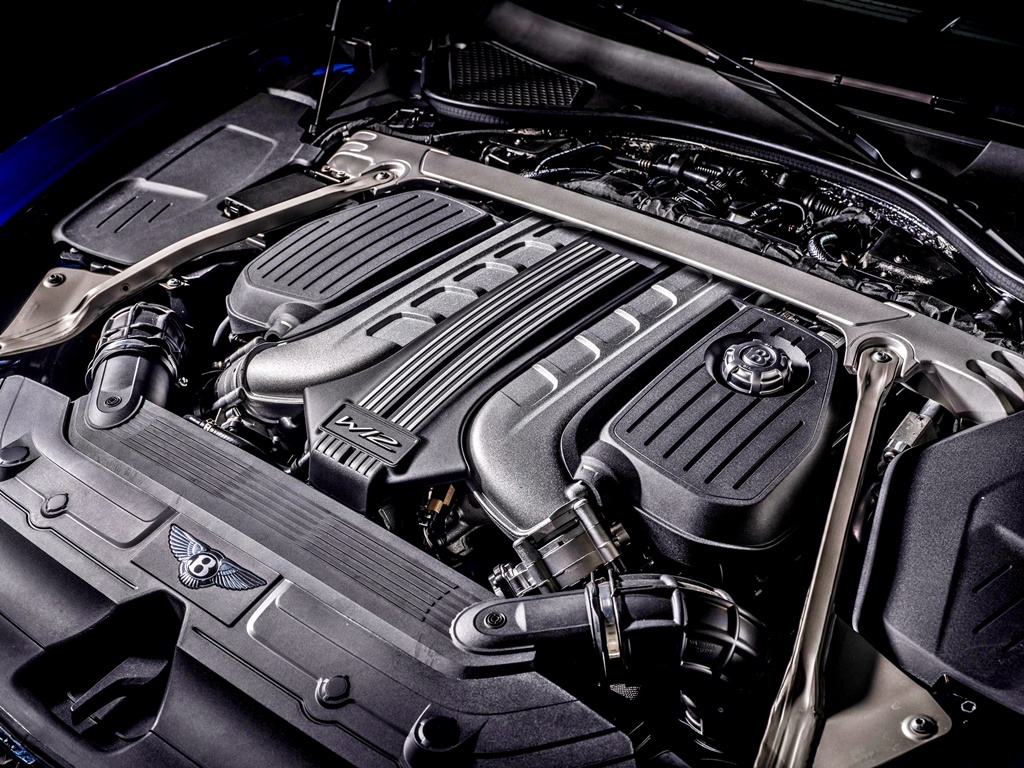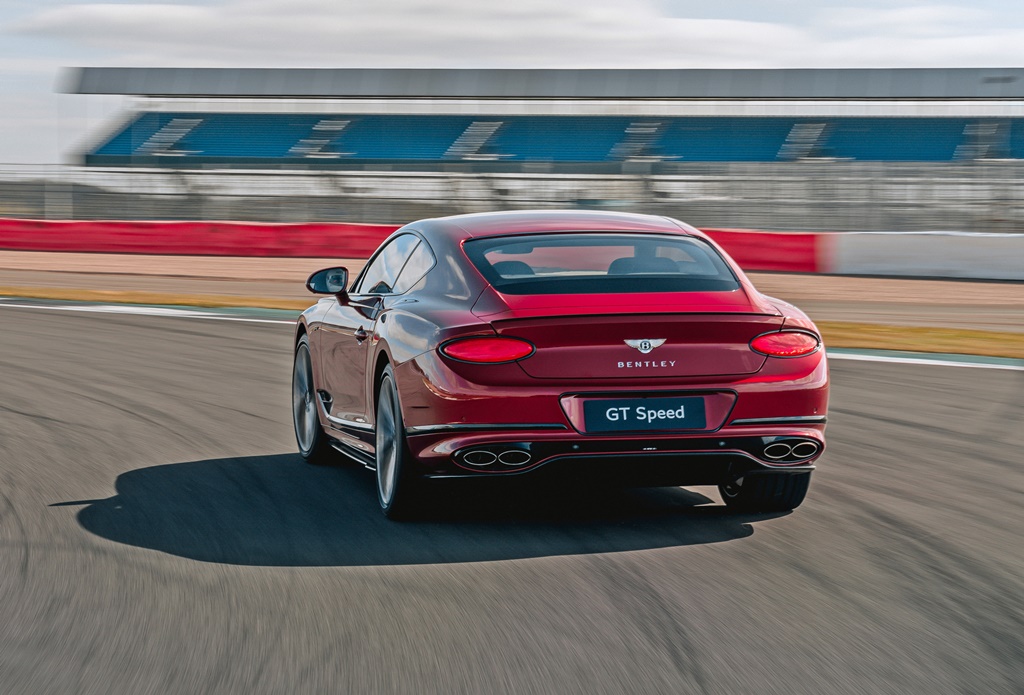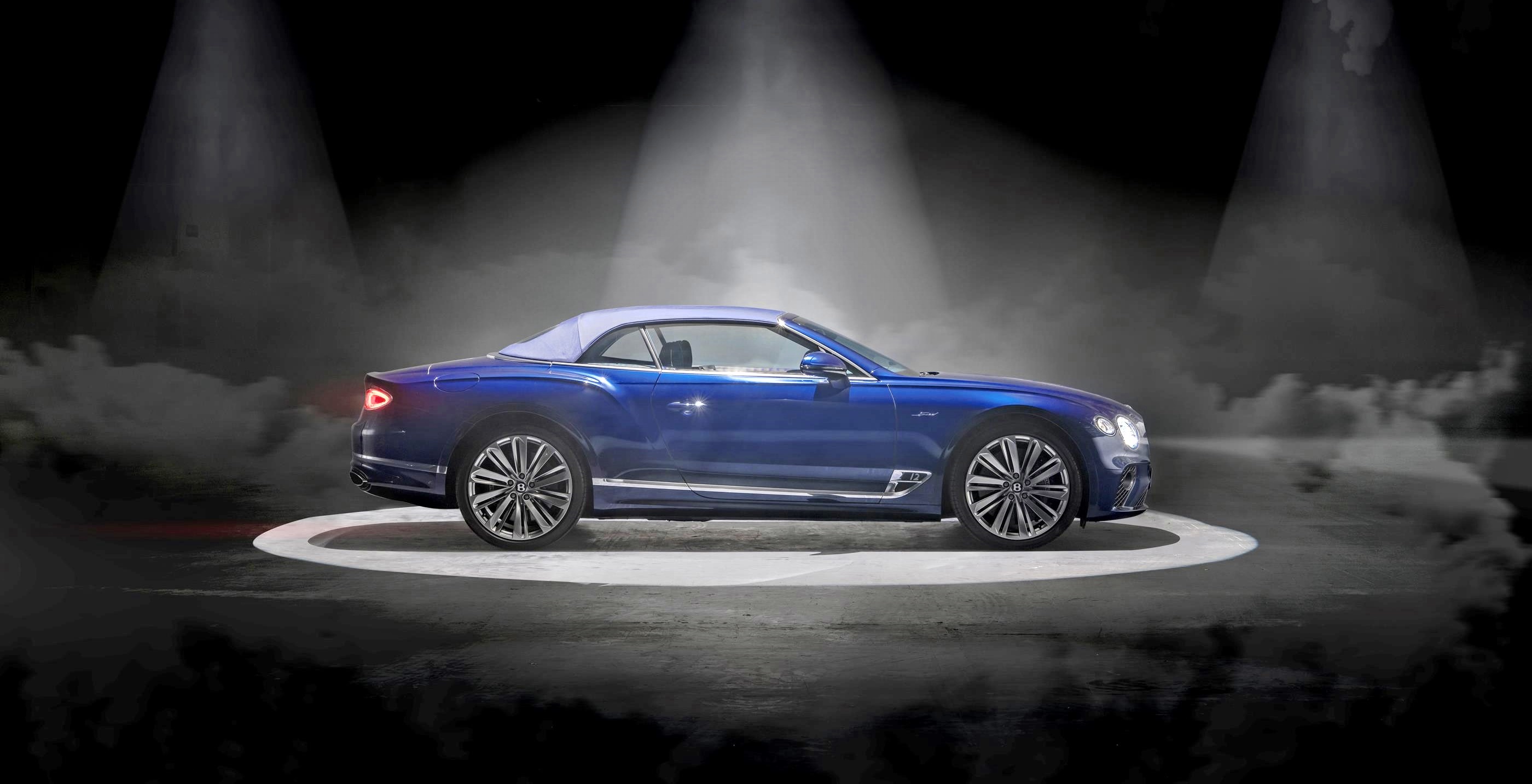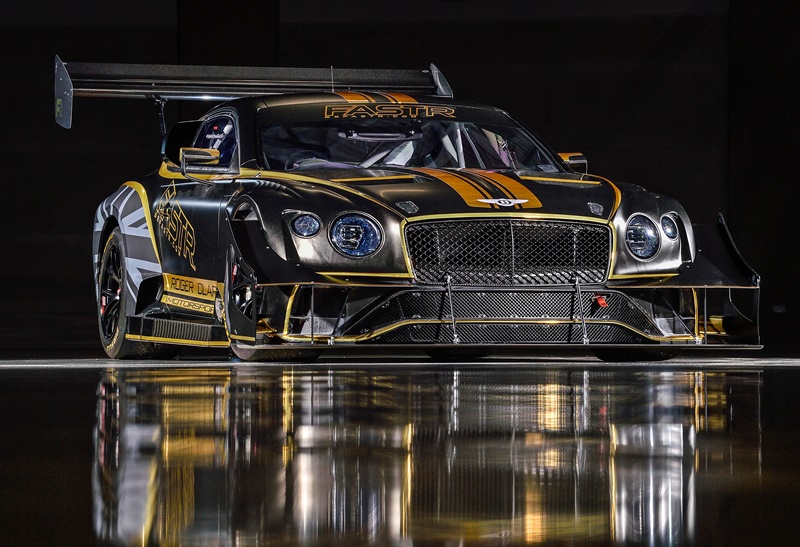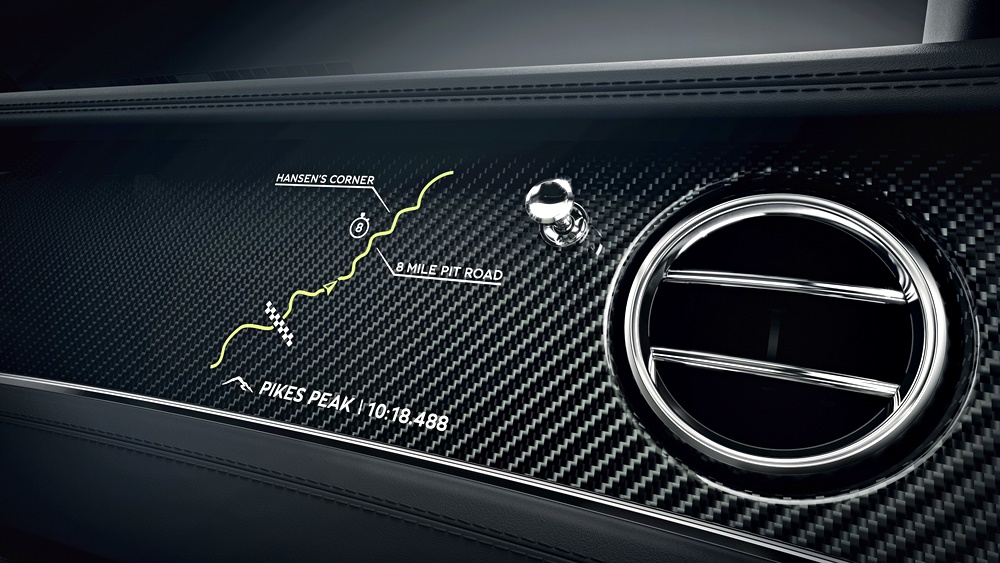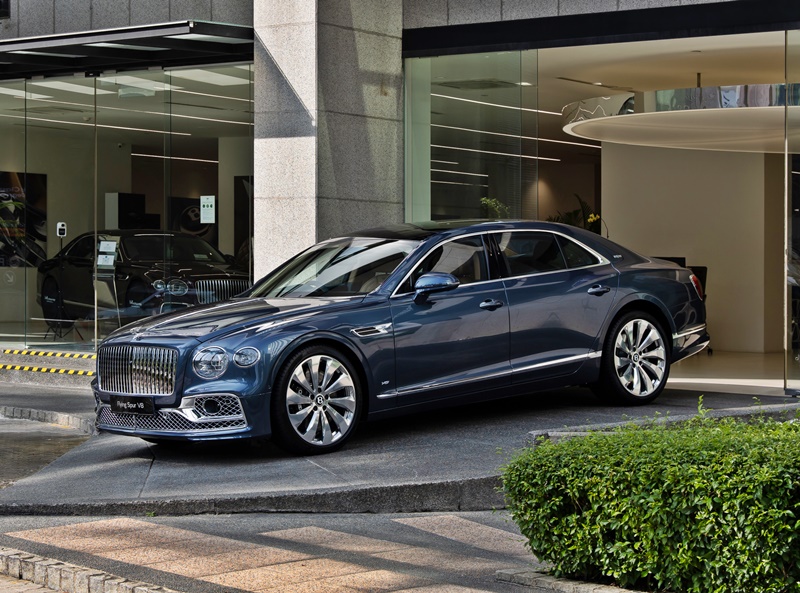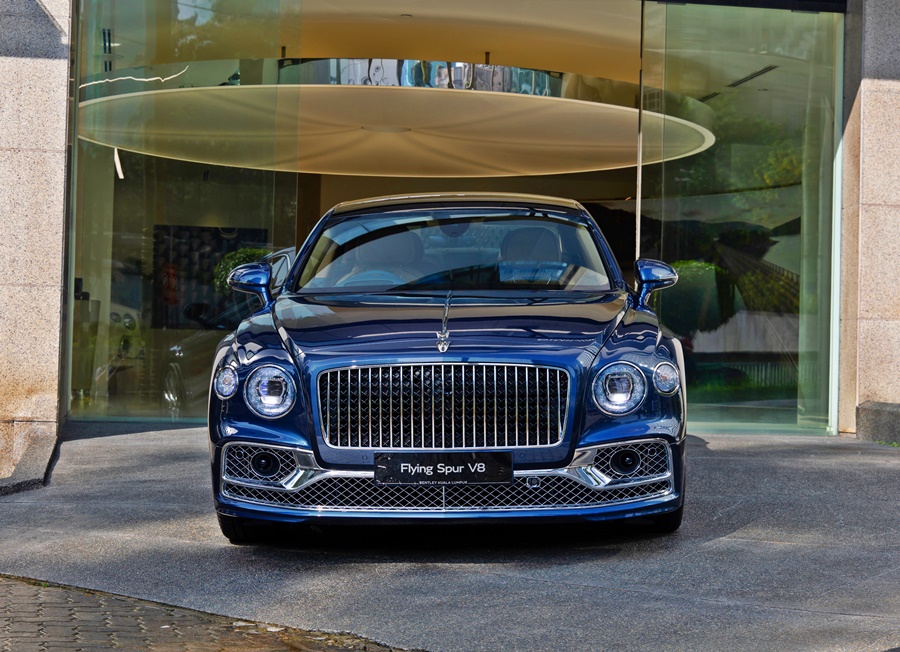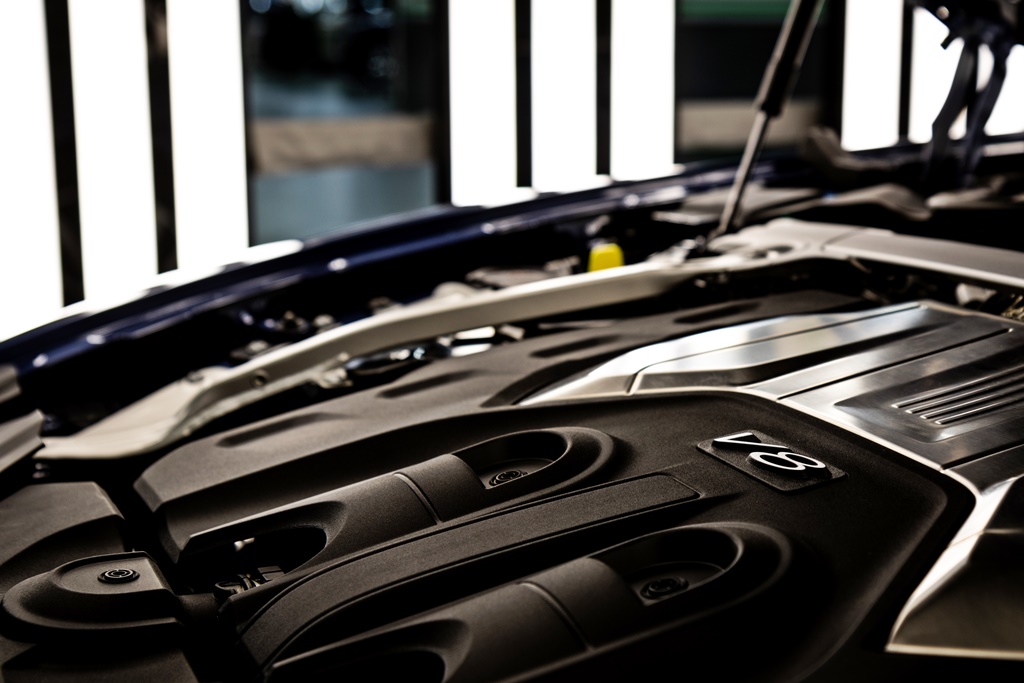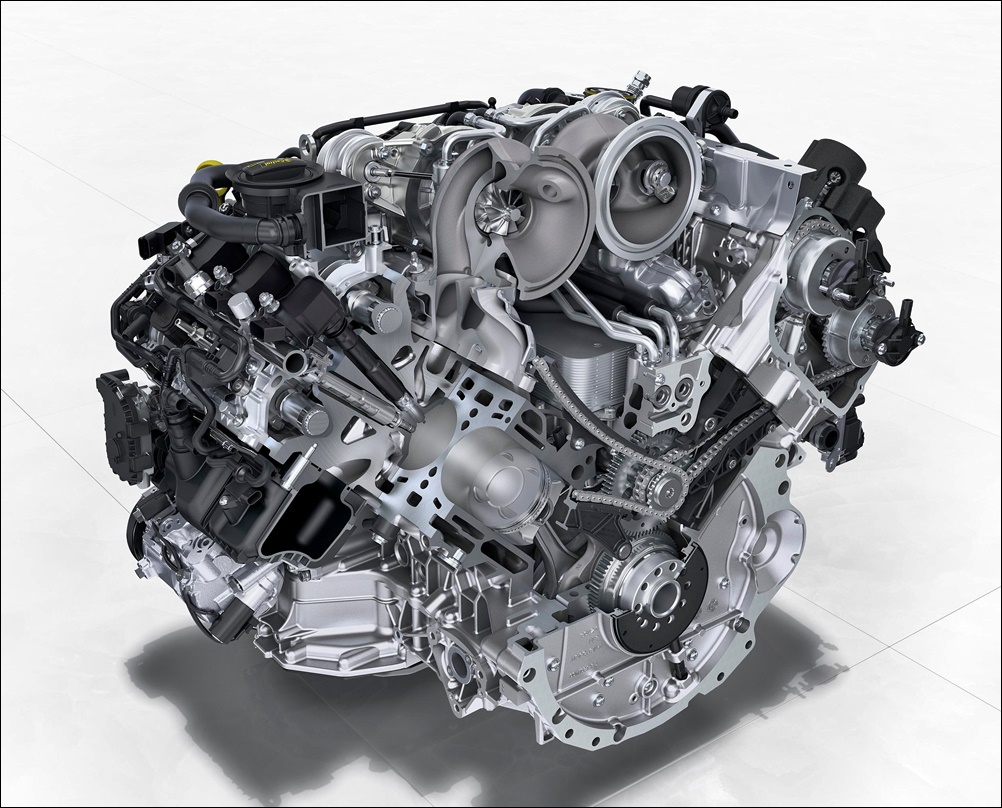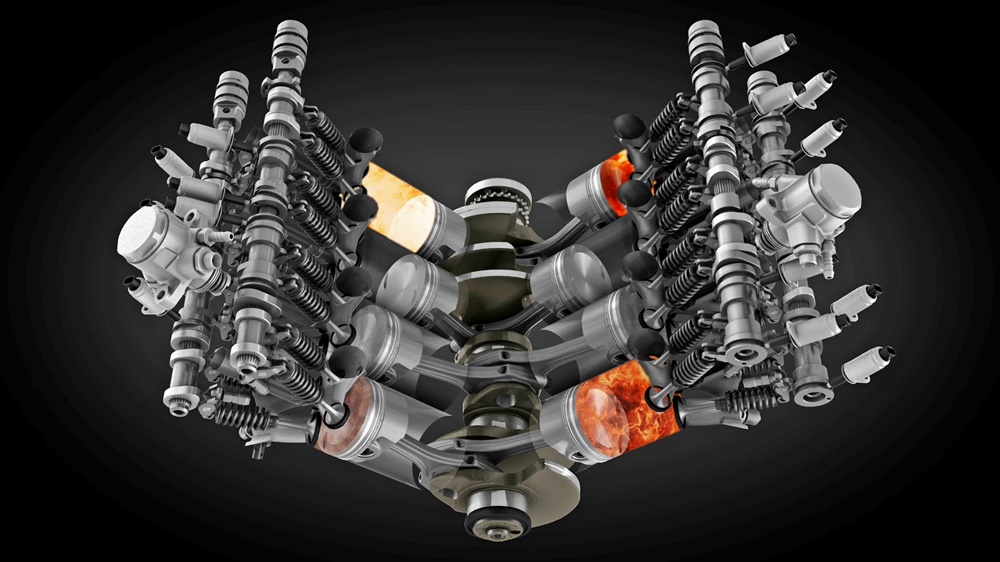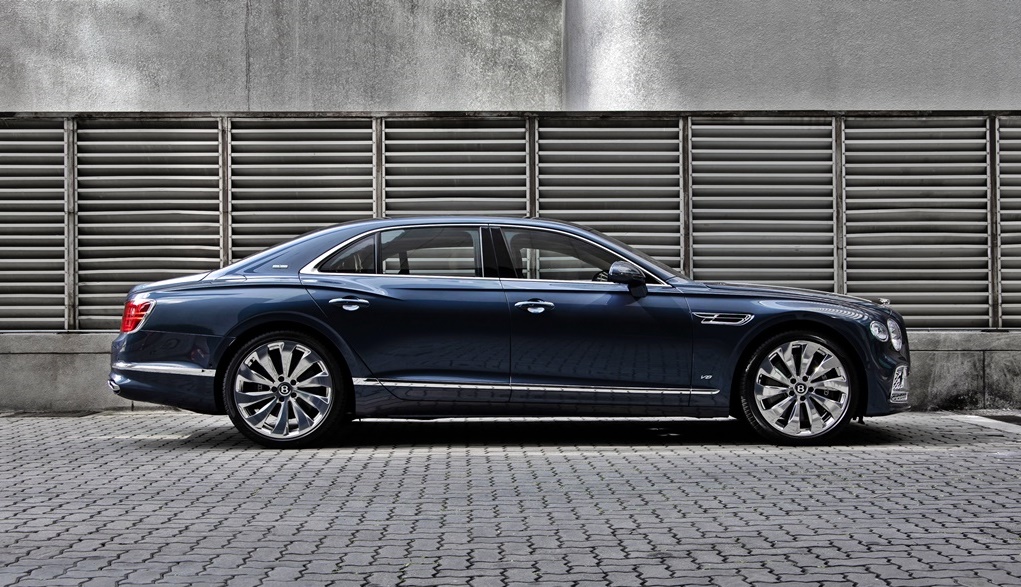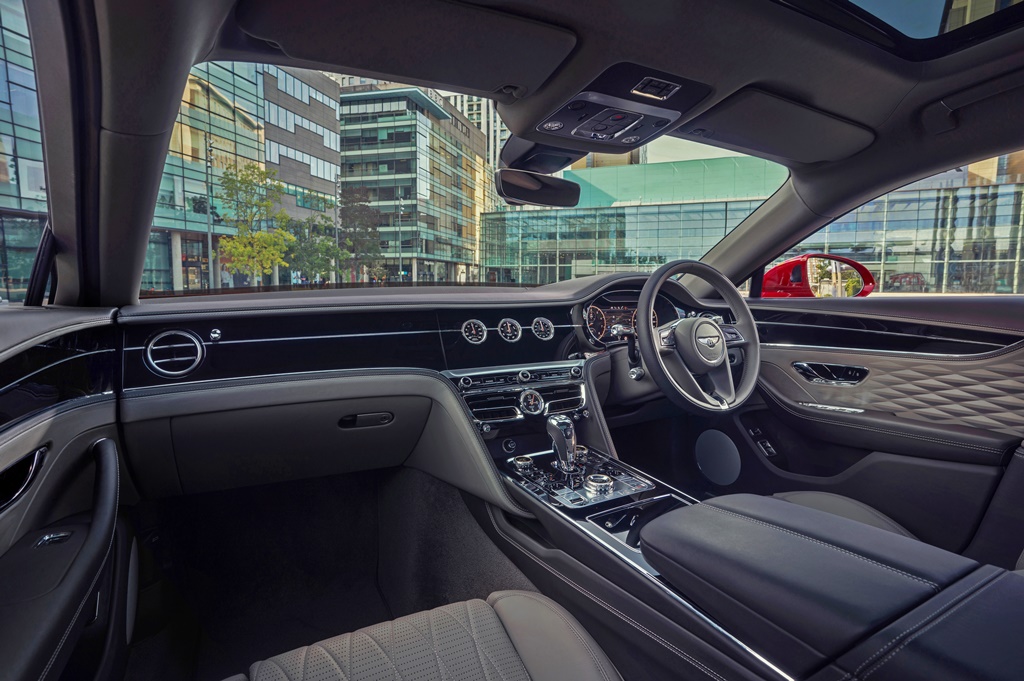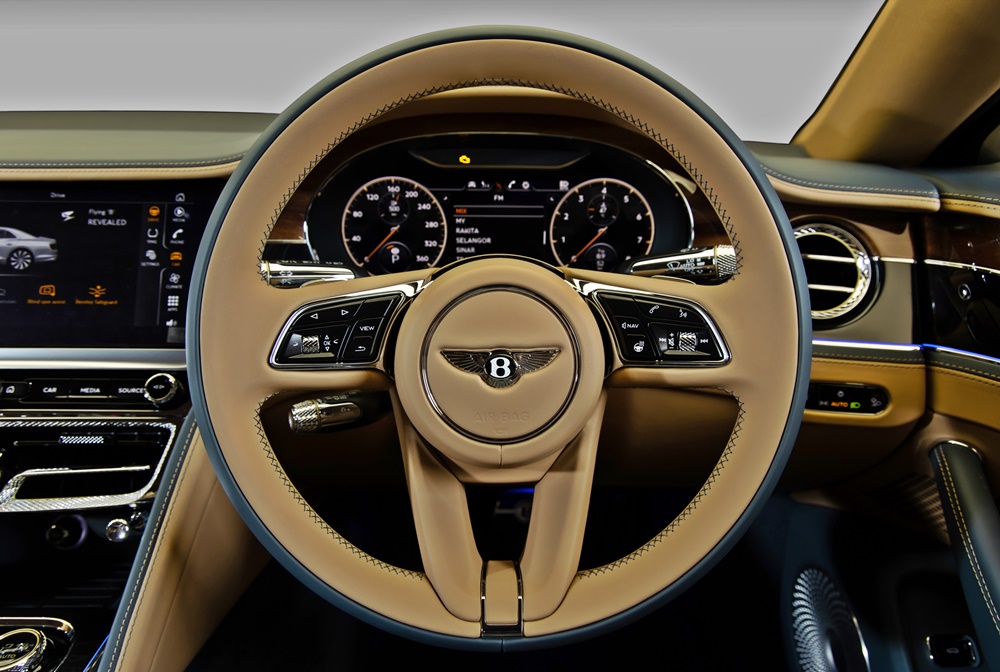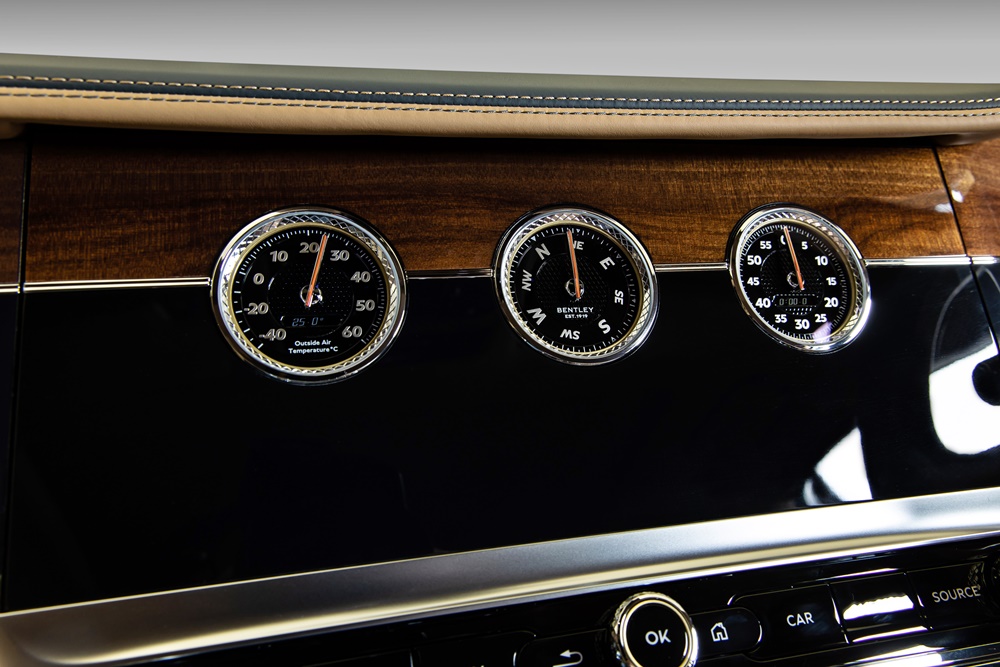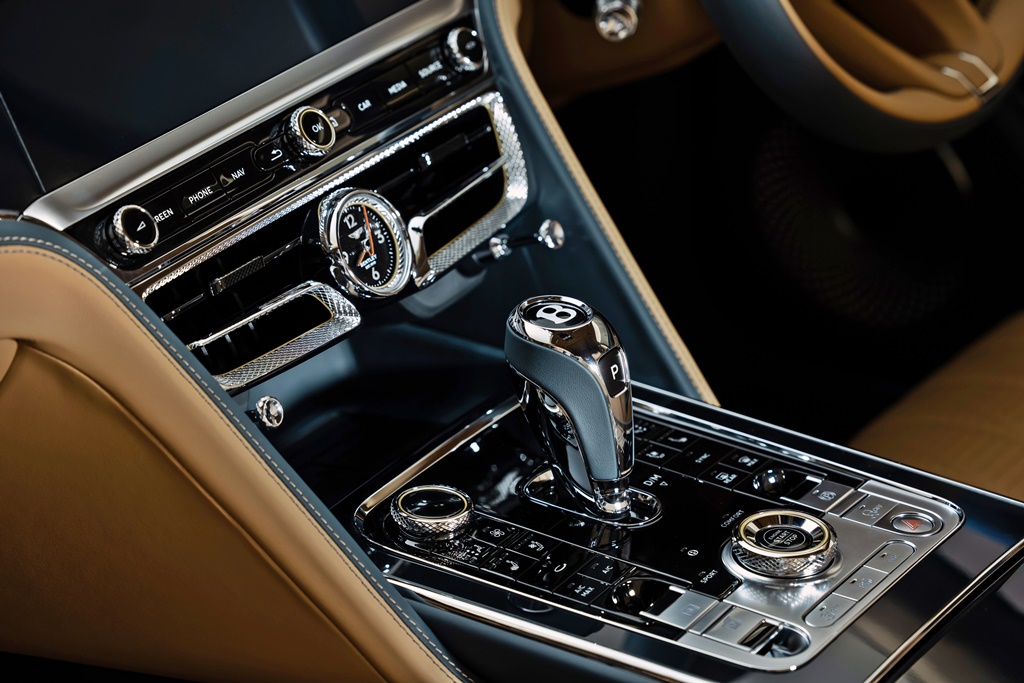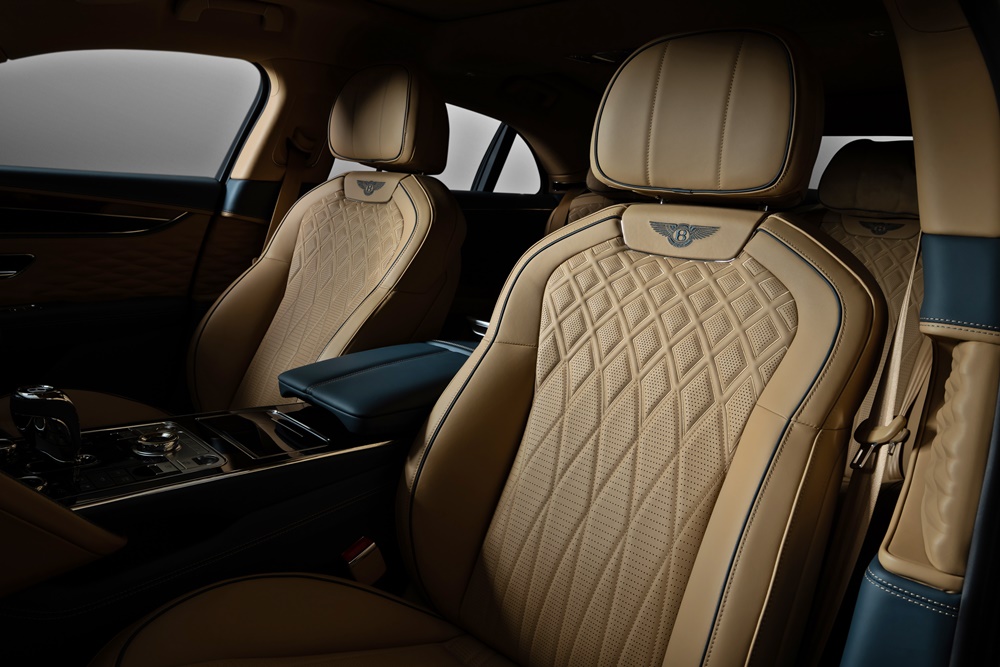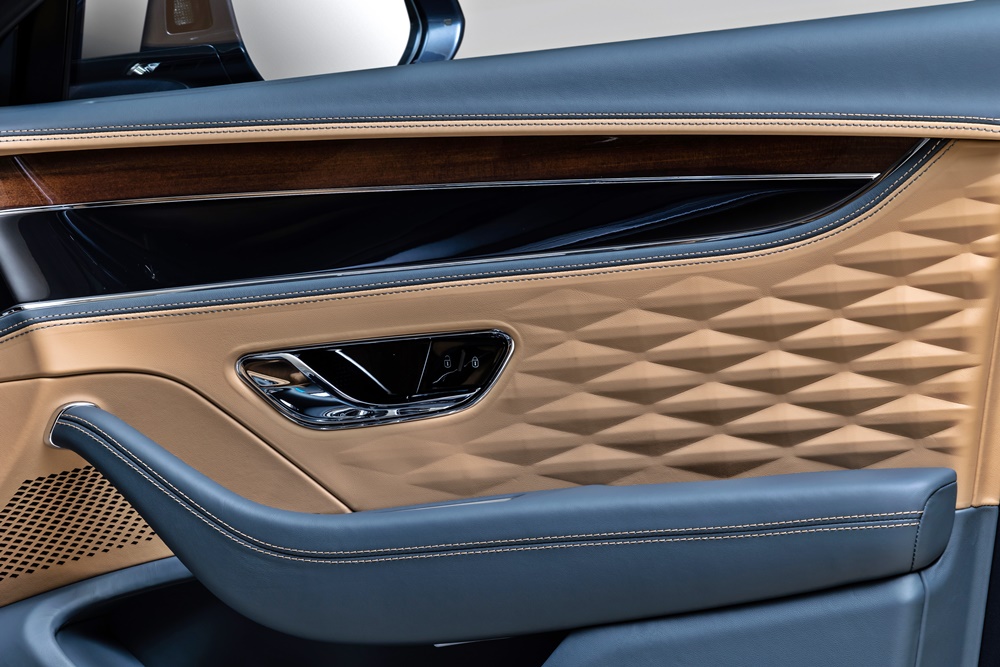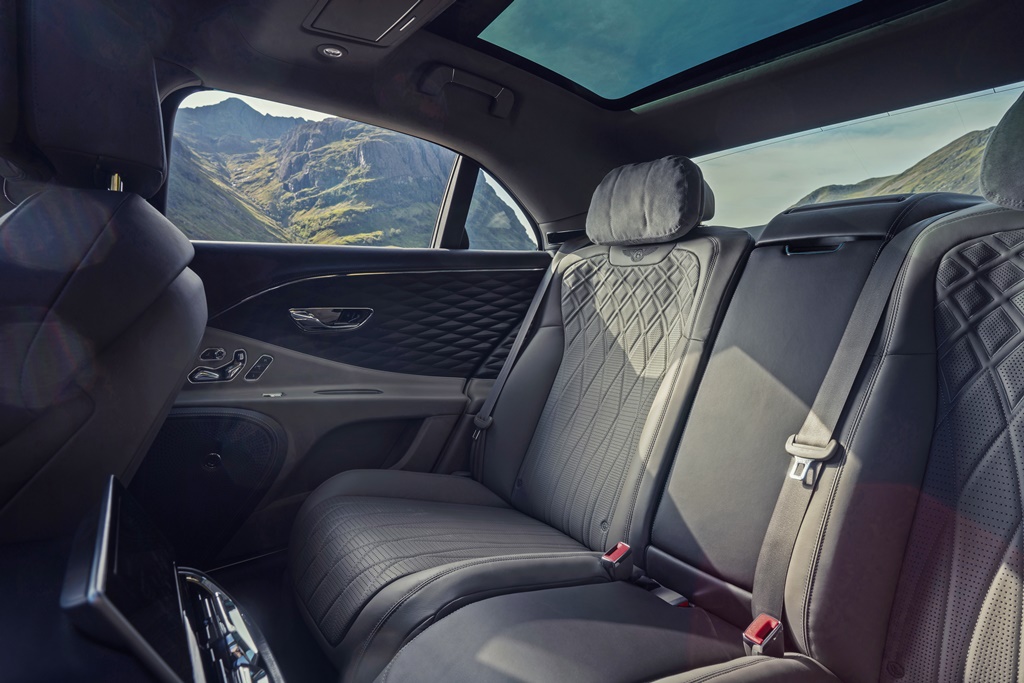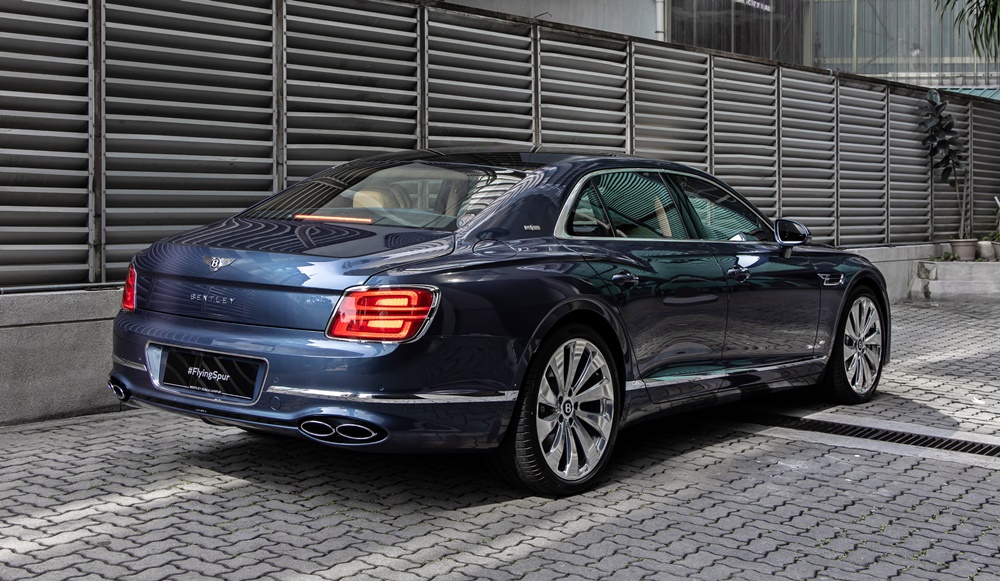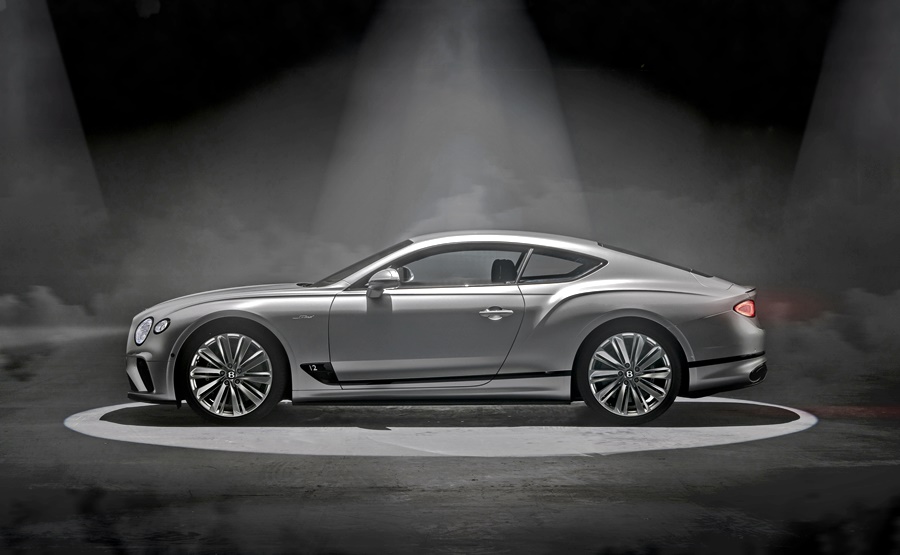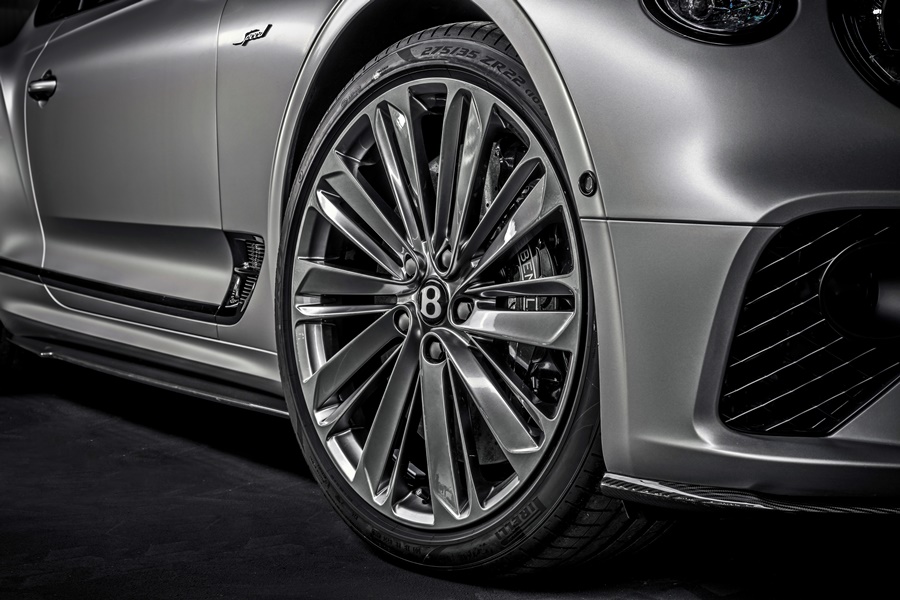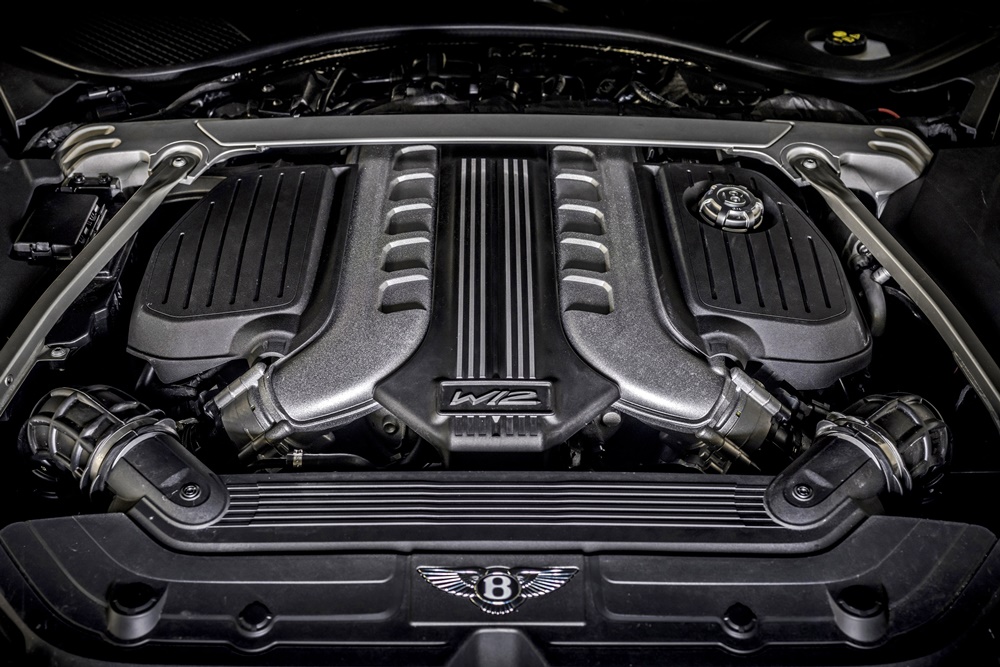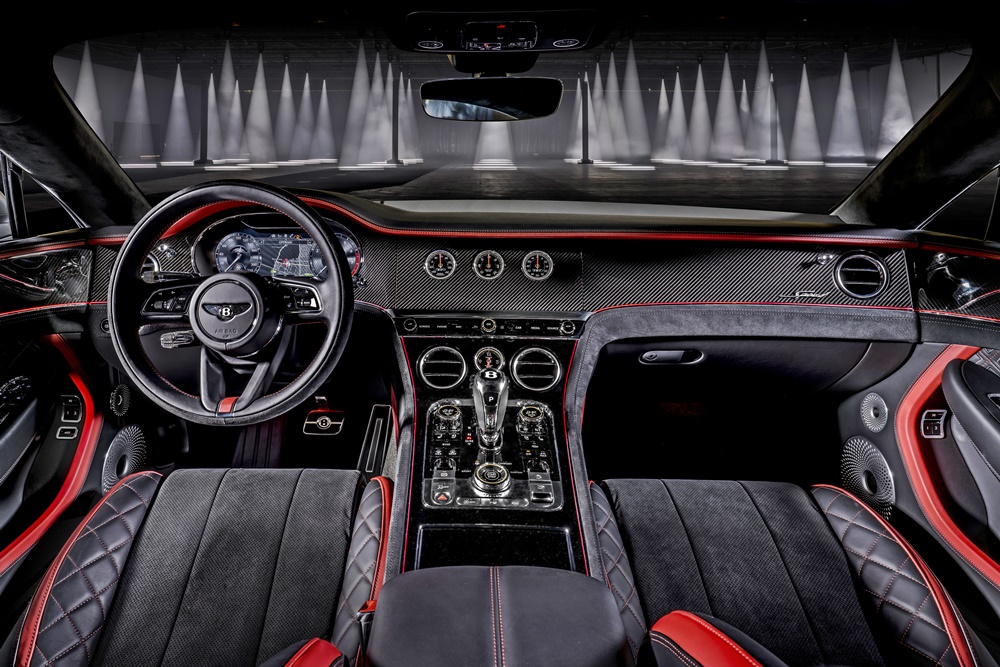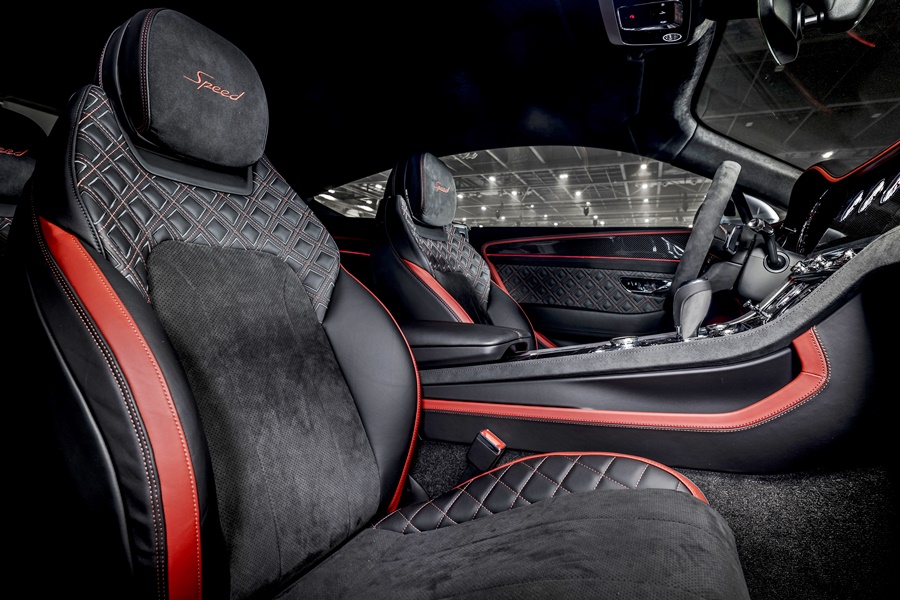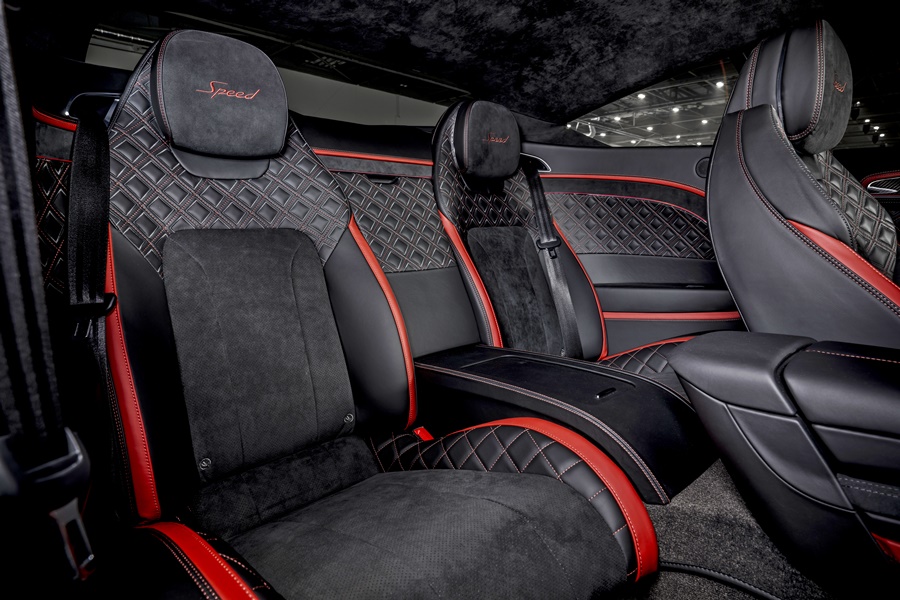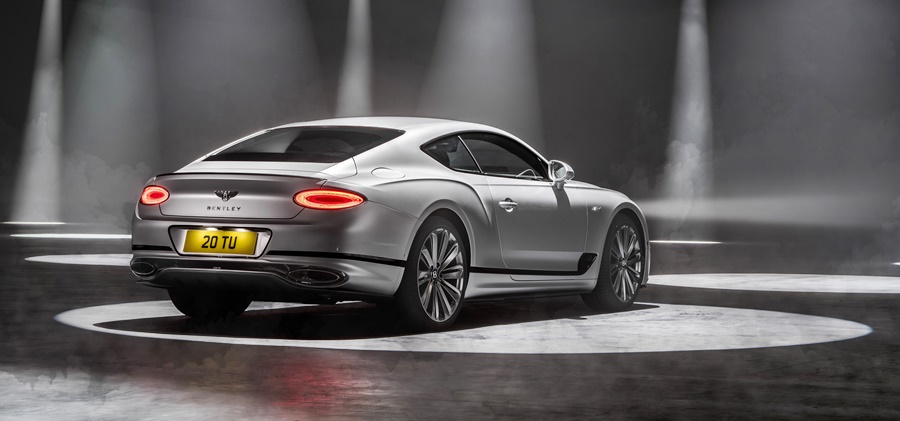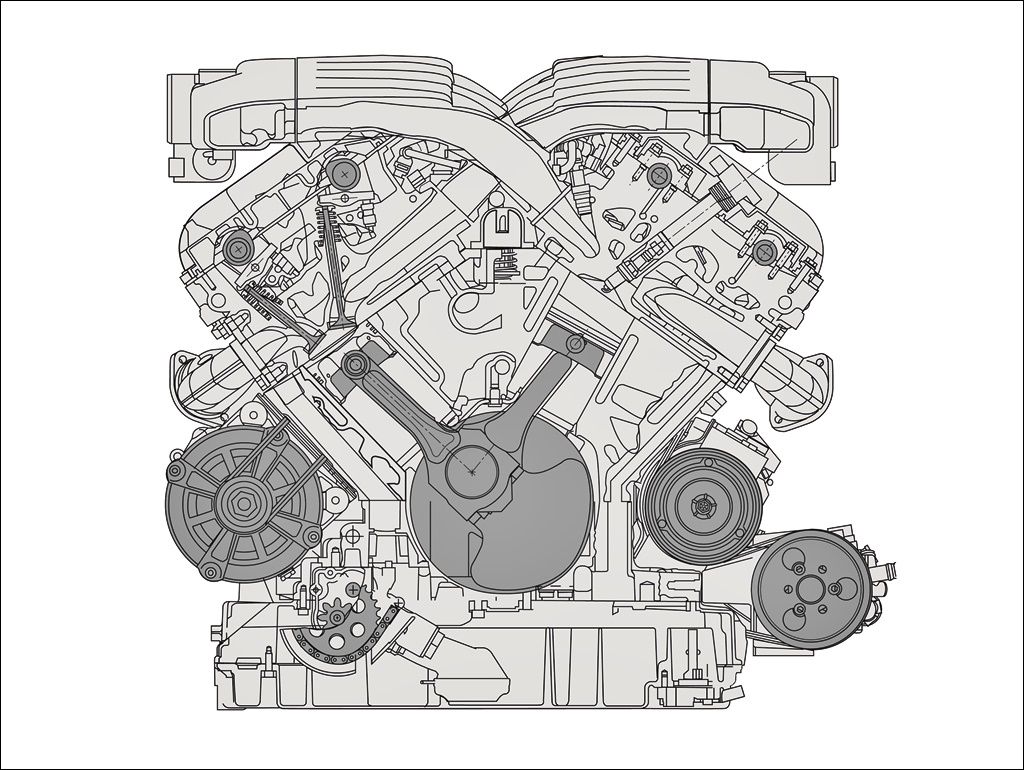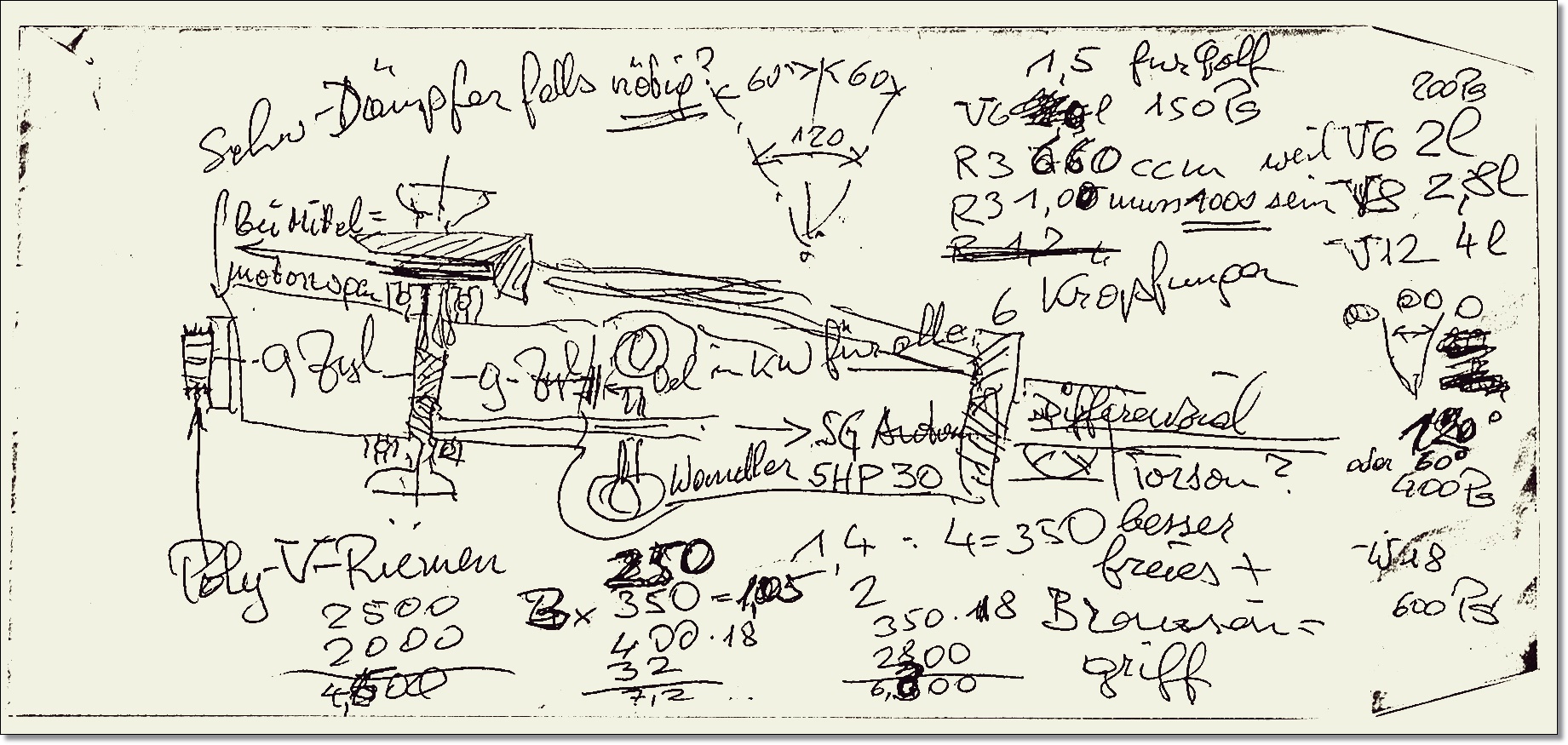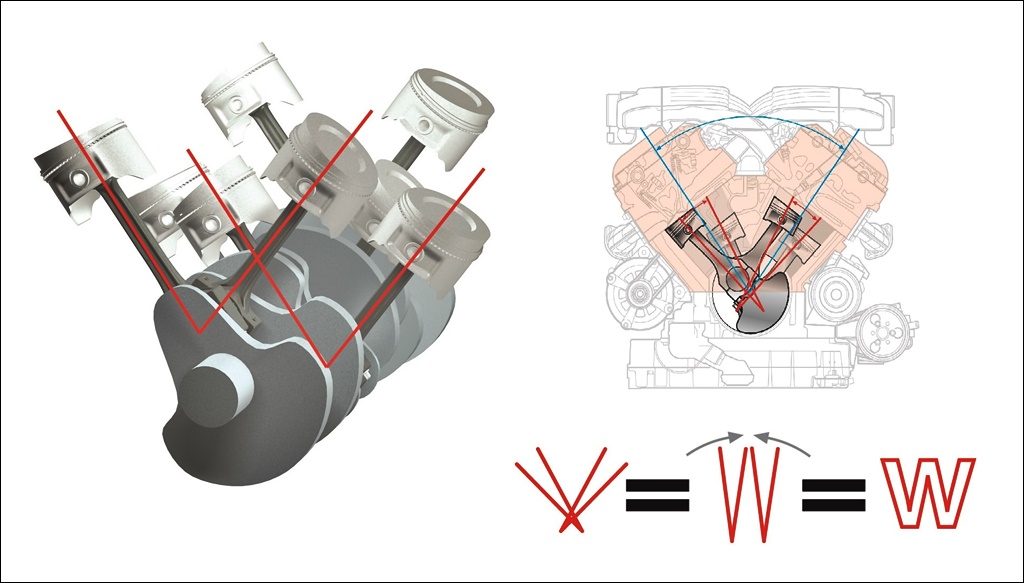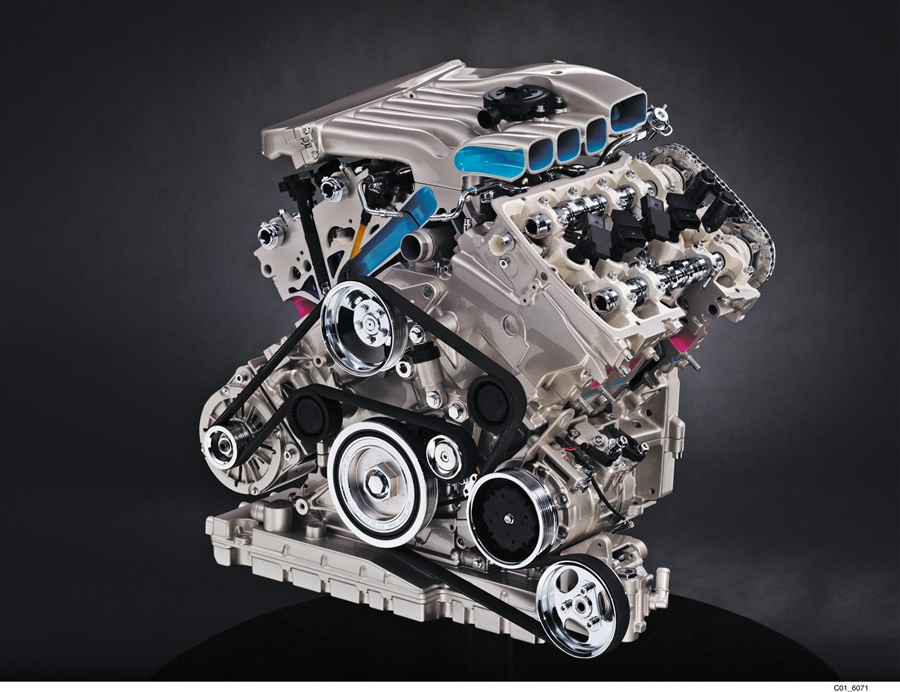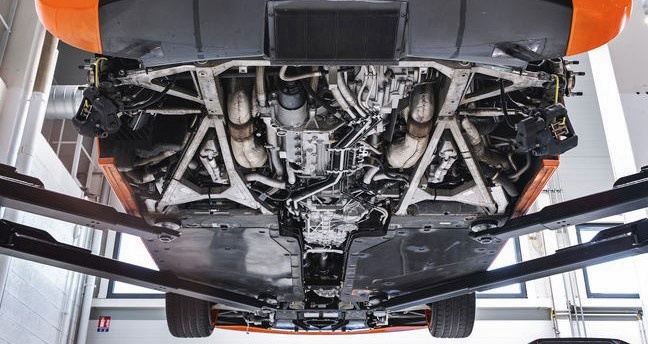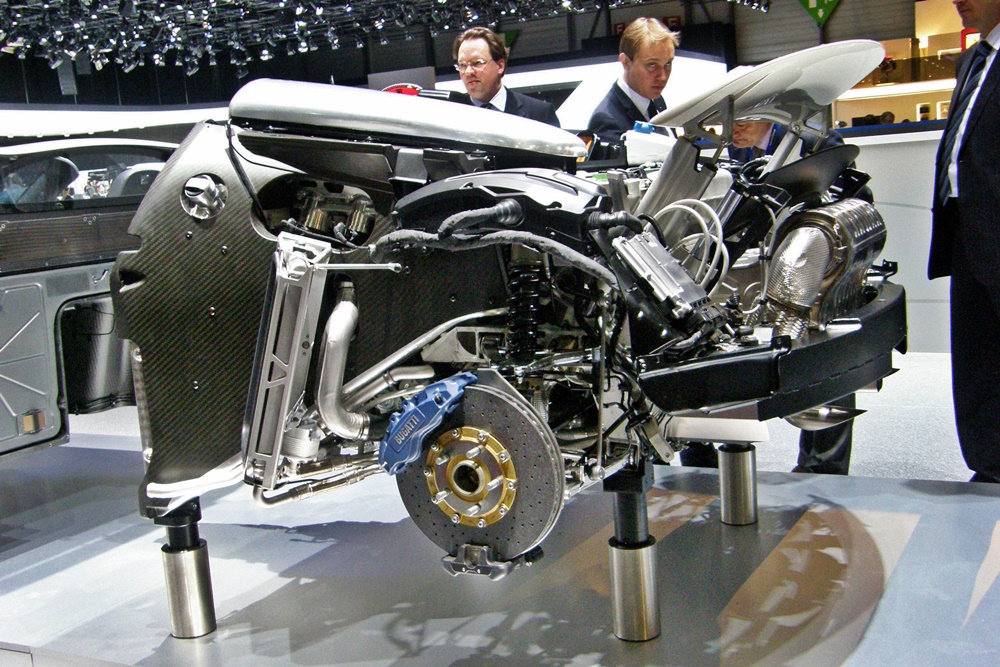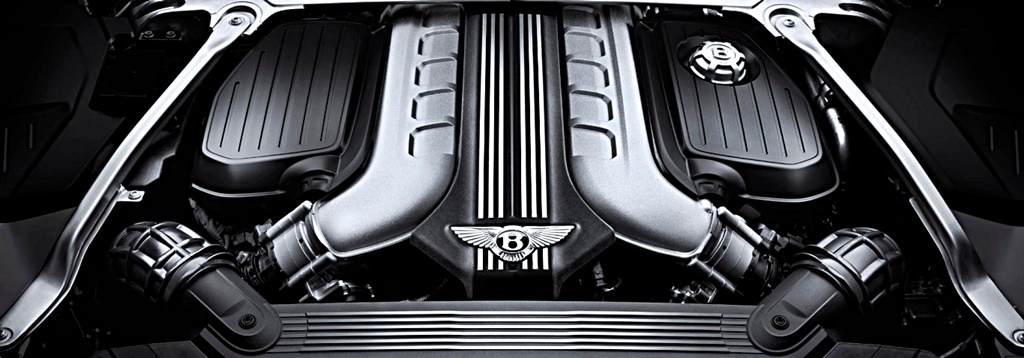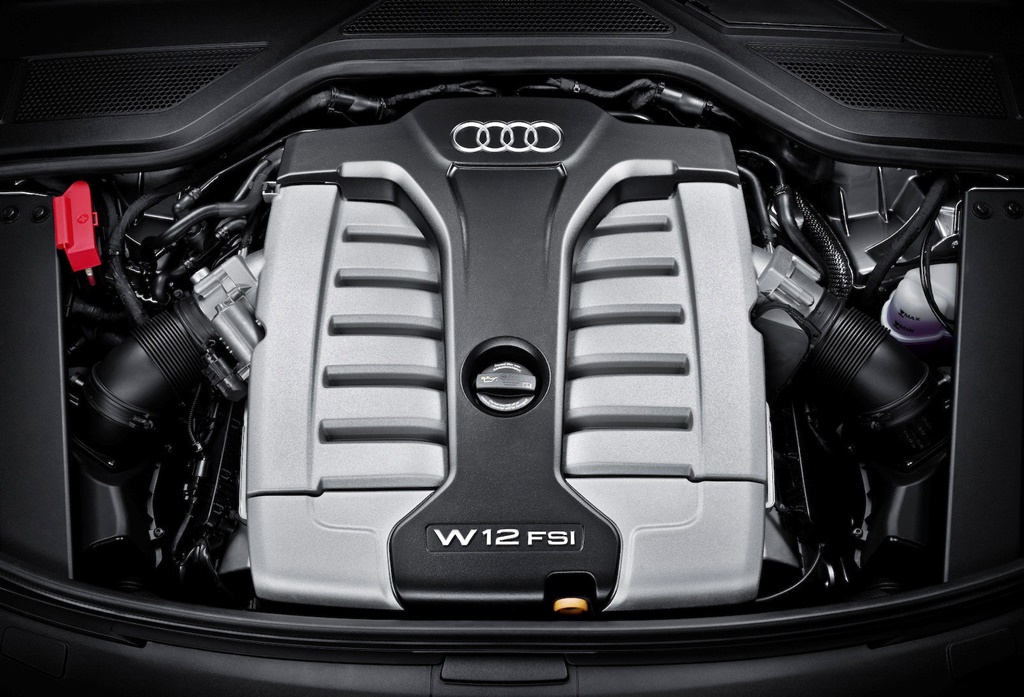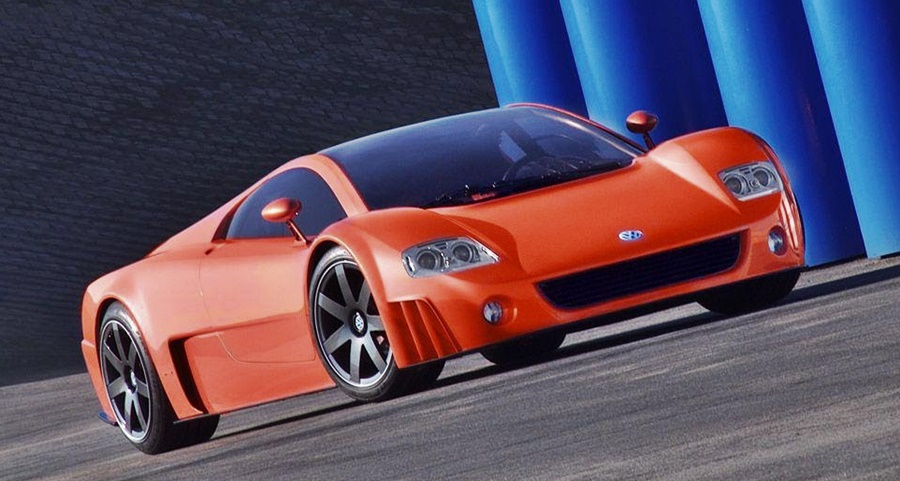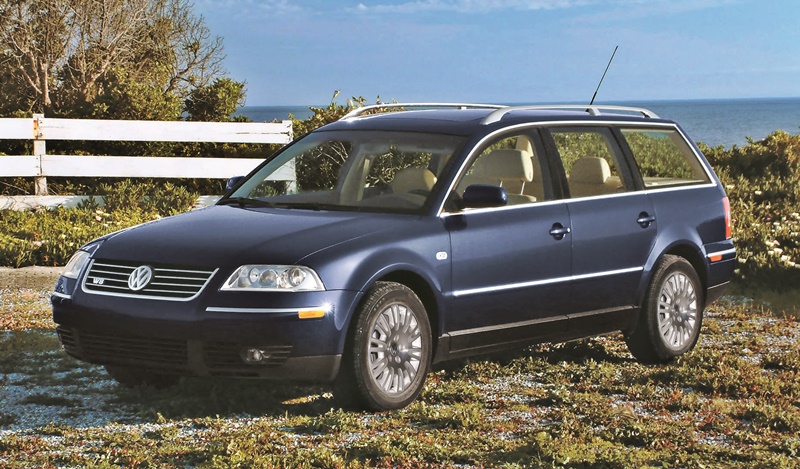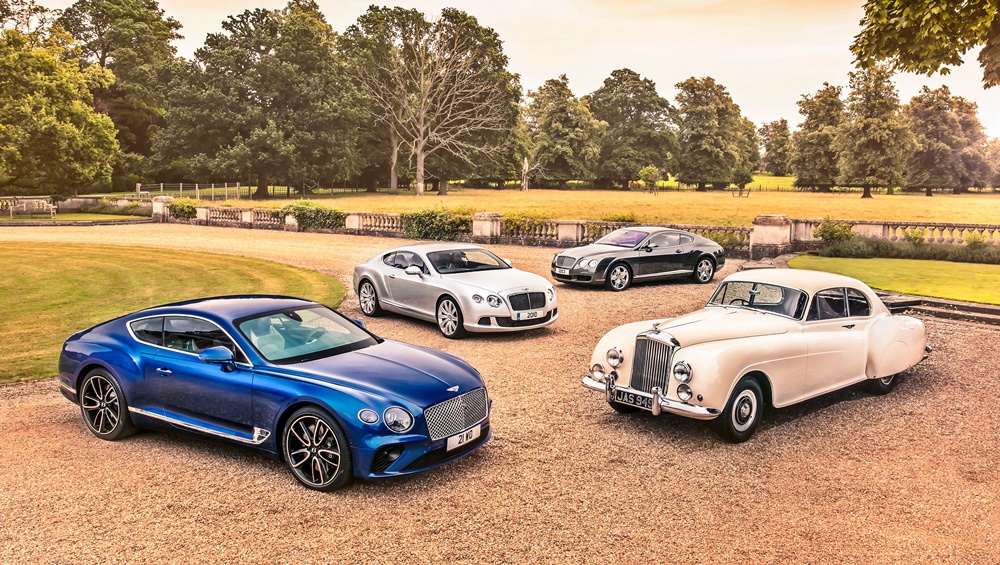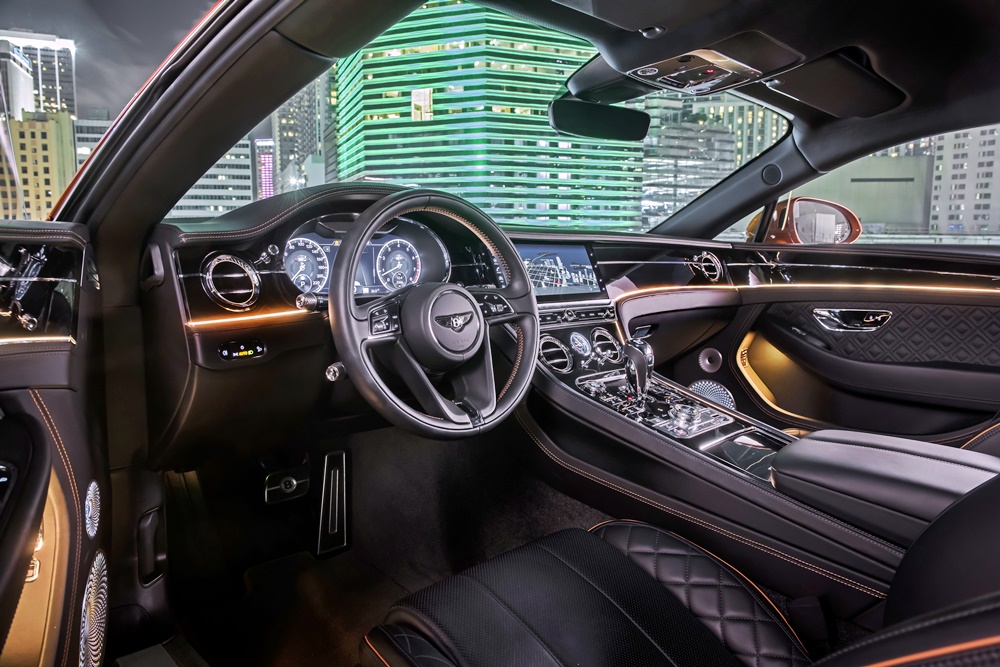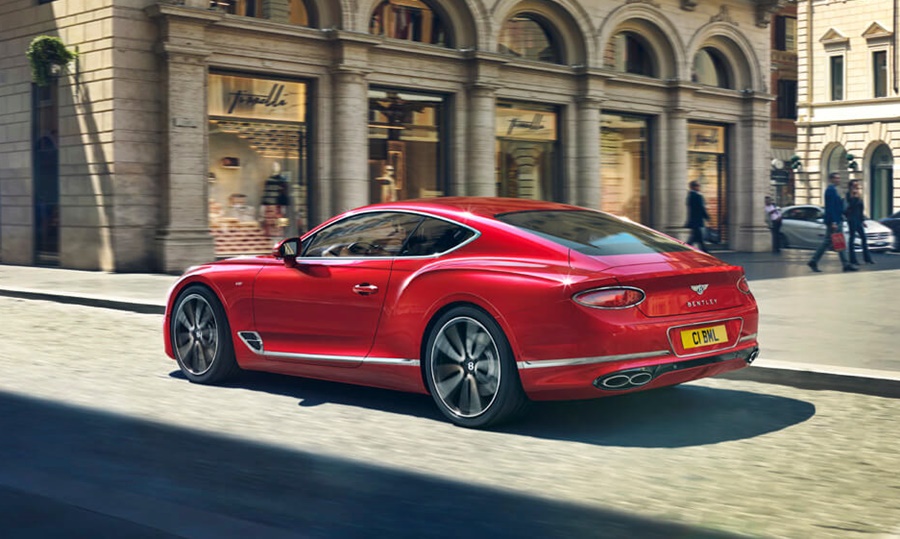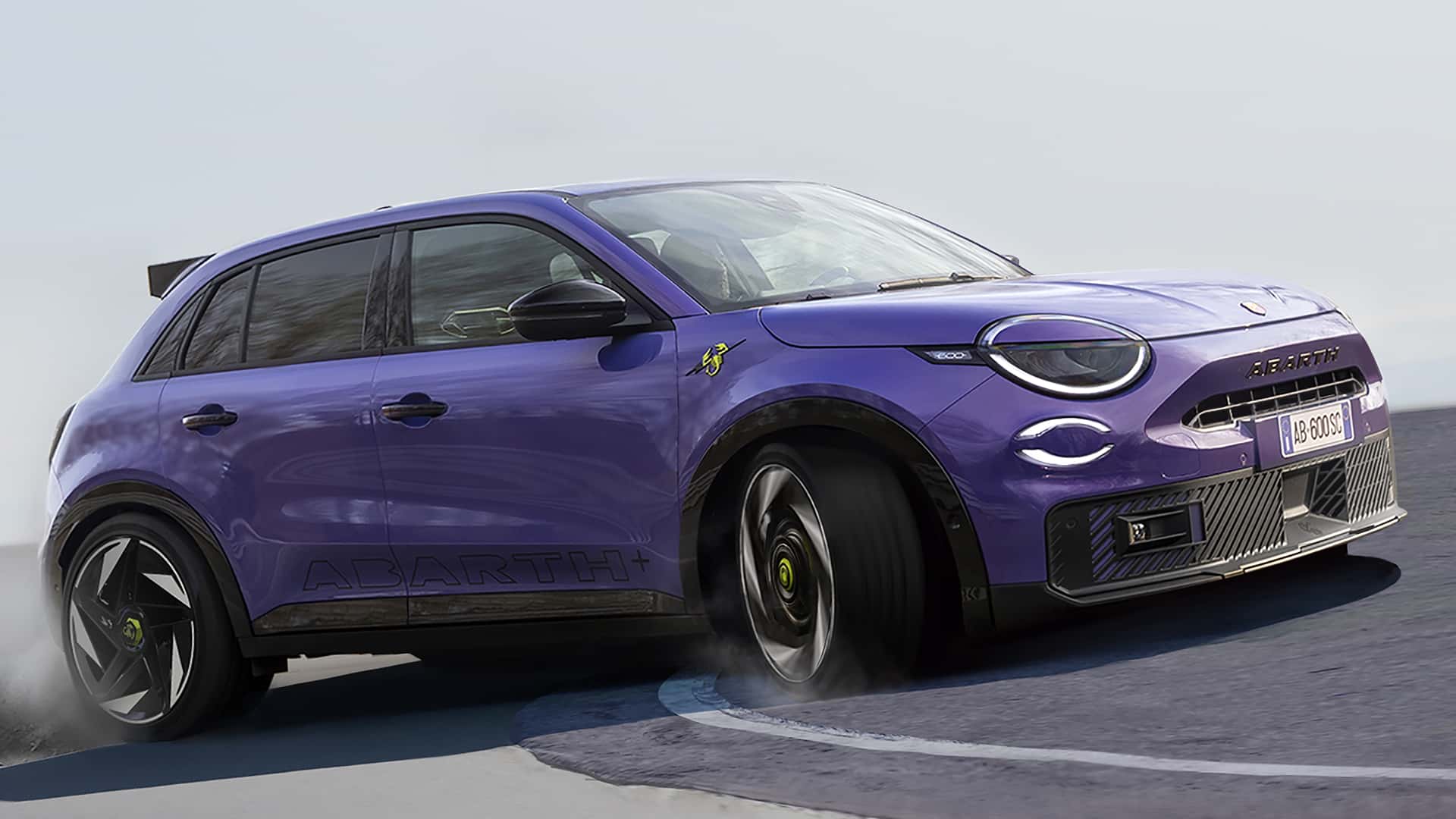As reported earlier, Bentley is participating in this year’s Pikes Peak International Hill Climb, which took place in the American state of Colorado over the past few days. The car used this year is the Continental GT3 Pikes Peak and apart from its powerful 750+ bhp engine, it has also been tuned to run on renewable fuel.
On the course up the hill, the Continental GT3 proved to be the fastest car running on renewable fuel, finishing 2nd in the Time Attack 1 and 4th overall among all competitors. The car, driven by former ‘King of the Mountain’ Rhys Millen, crossing the finish line in 6:36.281 despite suffering a late engine issue. The time was good enough to beat all other sustainability-focused entrants, including fully electric competitors.
The course was shortened due to snow and ice near the 4,300-metre high summit of Pikes Peak. For safety reasons, the organisers repositioned the finish line at a point at 3,896 metres. This cut out the last third of the normal course which has 156 turns, many of them ‘open-air’ corners. The shortened route also meant that Bentley’s attempt to set a new record could not be achieved.
Nonetheless, the Continental GT3 Pikes Peak – regarded as ‘the most extreme road-going Bentley ever built’ – set a blistering pace over the first two sectors, entering the third and final sector 12 seconds ahead of its nearest rival. A few corners from the finish, a boost pressure problem meant 16 seconds were lost, dropping Millen back to second place in class.
“We know we had the pace today both to win our class, and to break the Time Attack 1 record. The weather sadly wasn’t with us though, with the shortened course meaning our assault on the record was never a possibility. While that’s a bitter pill to swallow, I’m proud to have entered such a strong renewably-powered racing car – the fastest at the event – and equally proud of the team that’s delivered this project. This is the first step on Bentley’s renewable fuel journey, and there will be many more opportunities to come. Perhaps we’ll even come back to Pikes Peak next year…,” said Bentley’s Director of Motorsport, Paul Williams.
Bentley’s participation in the 2021 Pikes Peak International Hill Climb was the company’s third in recent years, following successful record runs in both a specially-prepared Bentayga (Production SUV record) and a Continental GT (outright Production Class record).
With regard to the RON98 Renewable Racing Fuel, this fuel is a dedicated blend of advanced biofuels specifically designed for motorsport. It is a technological stepping stone to sustainably-created eFuel with a greenhouse gas reduction of up to 85%.














